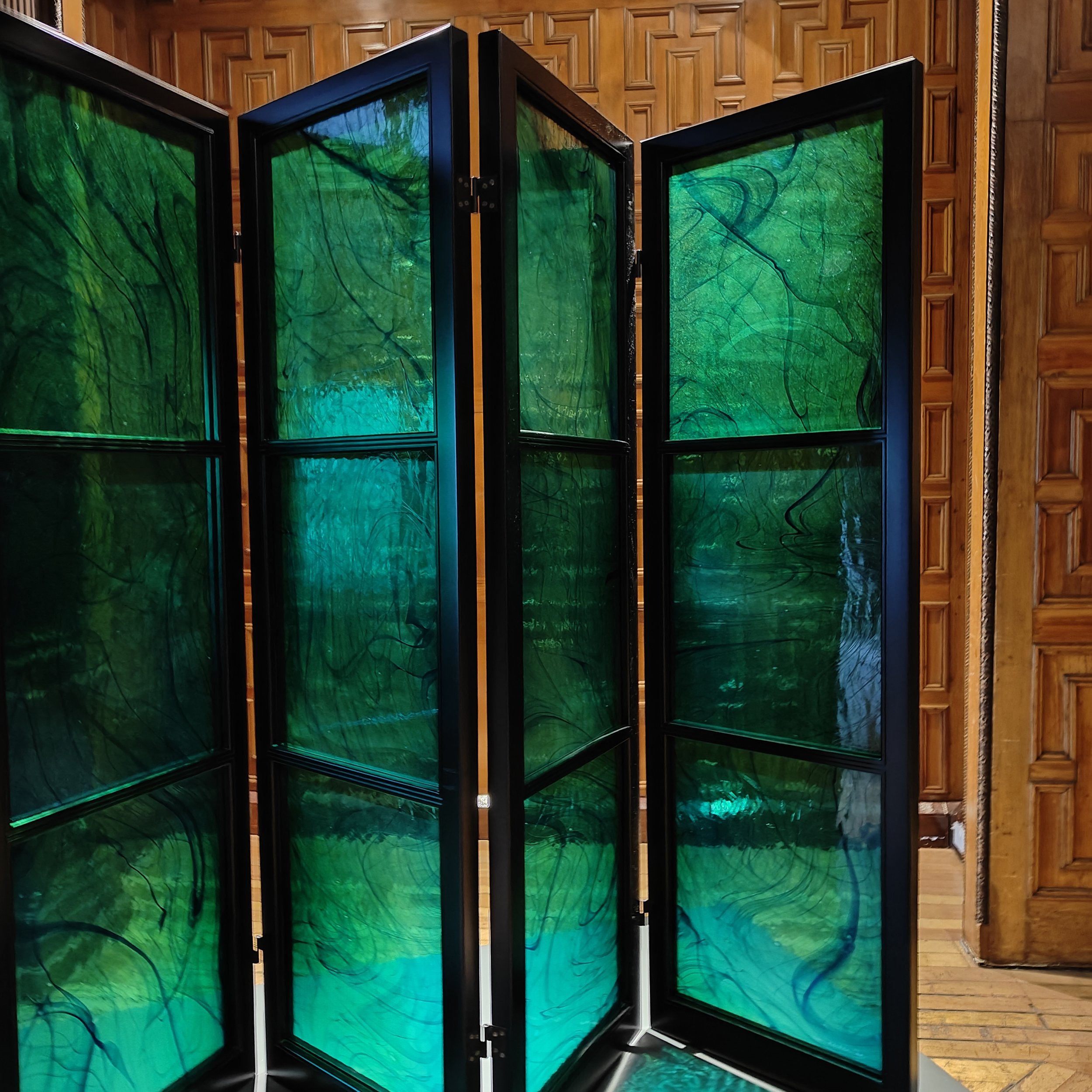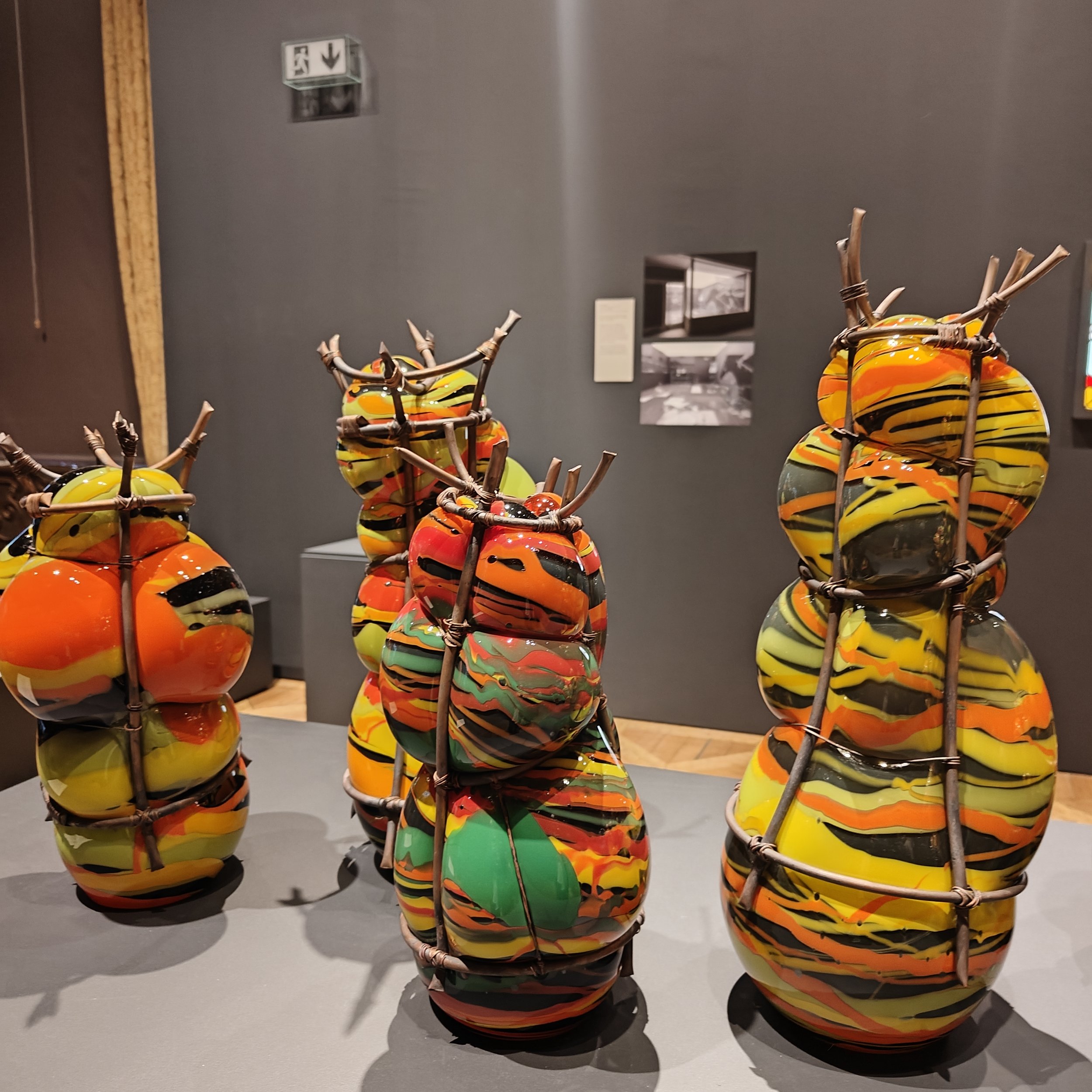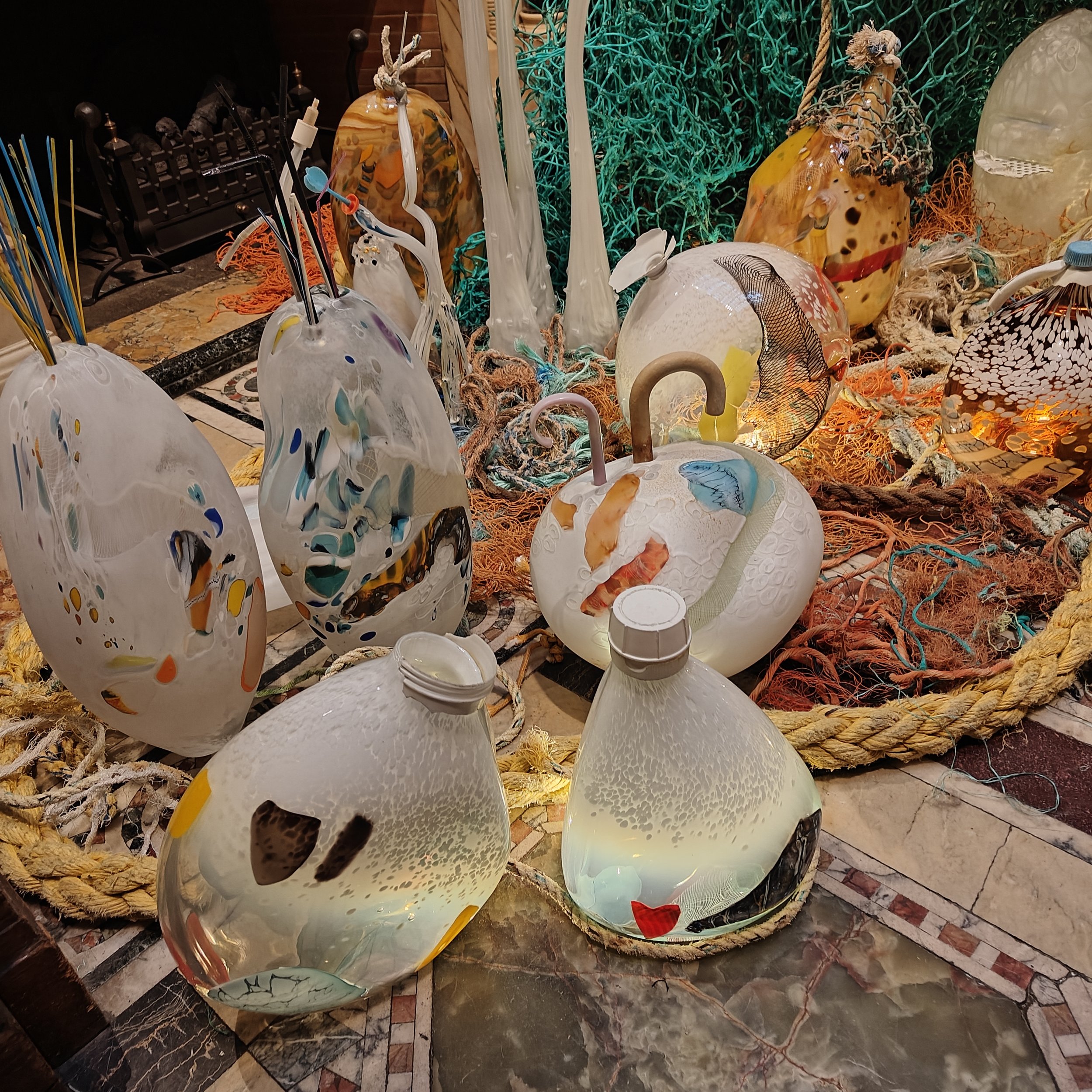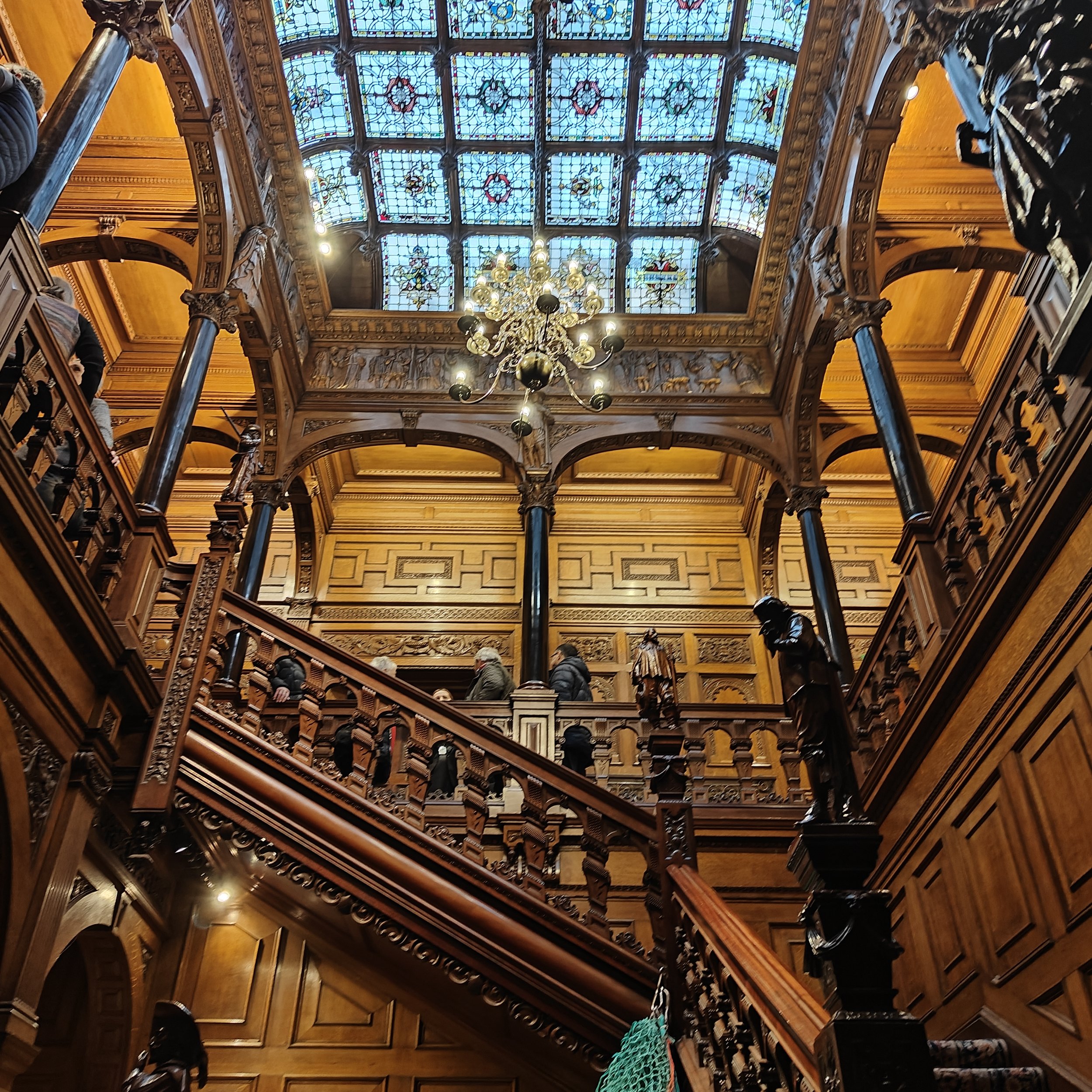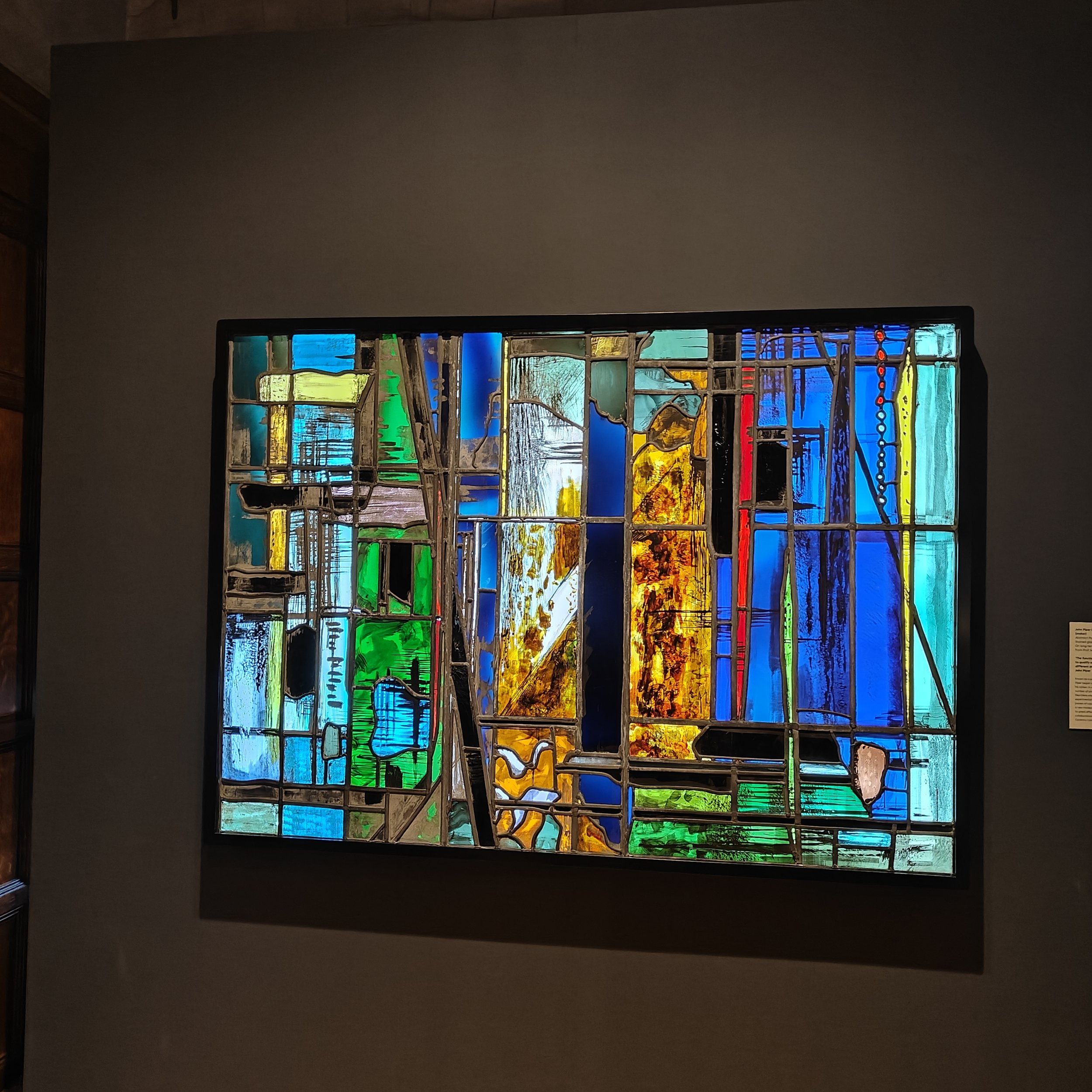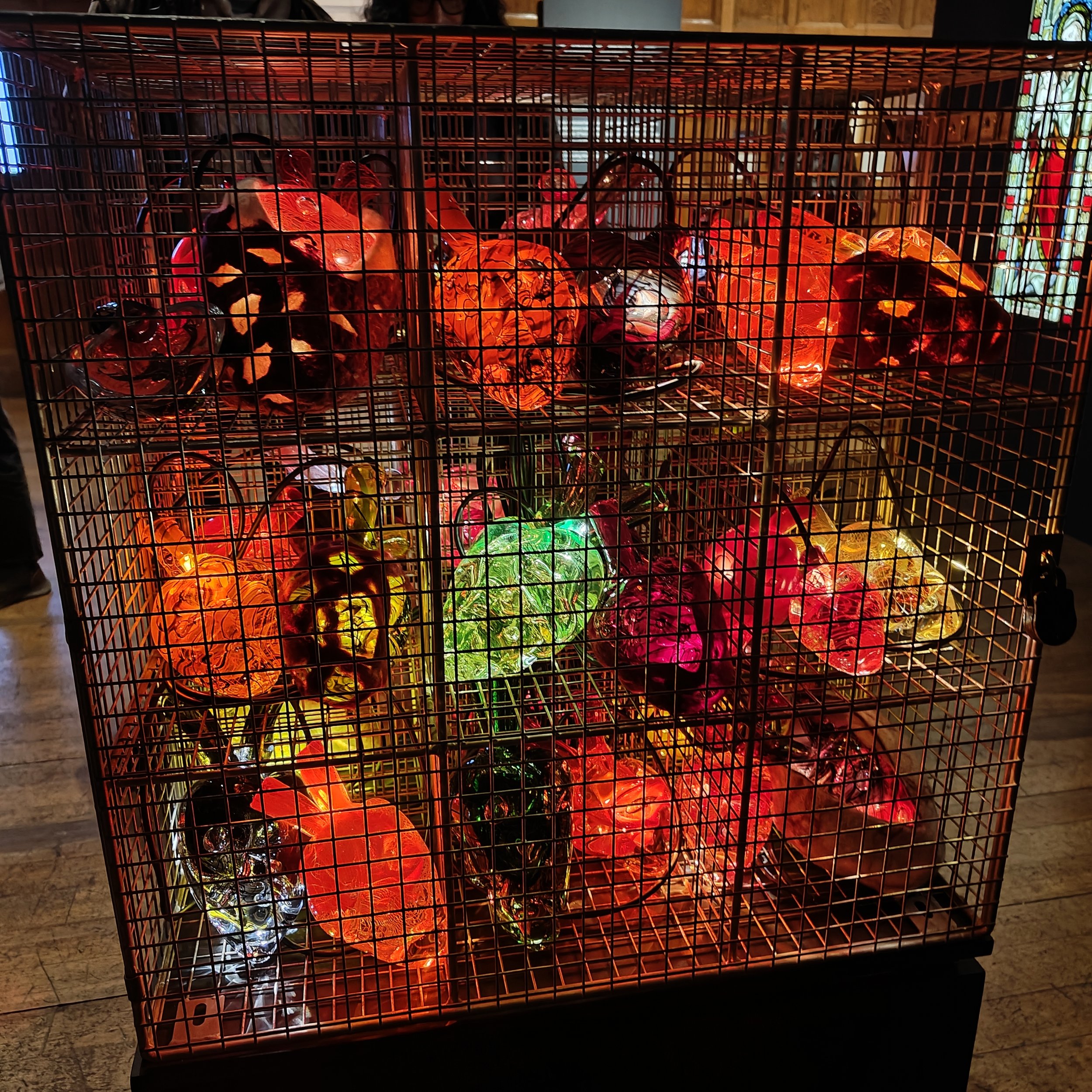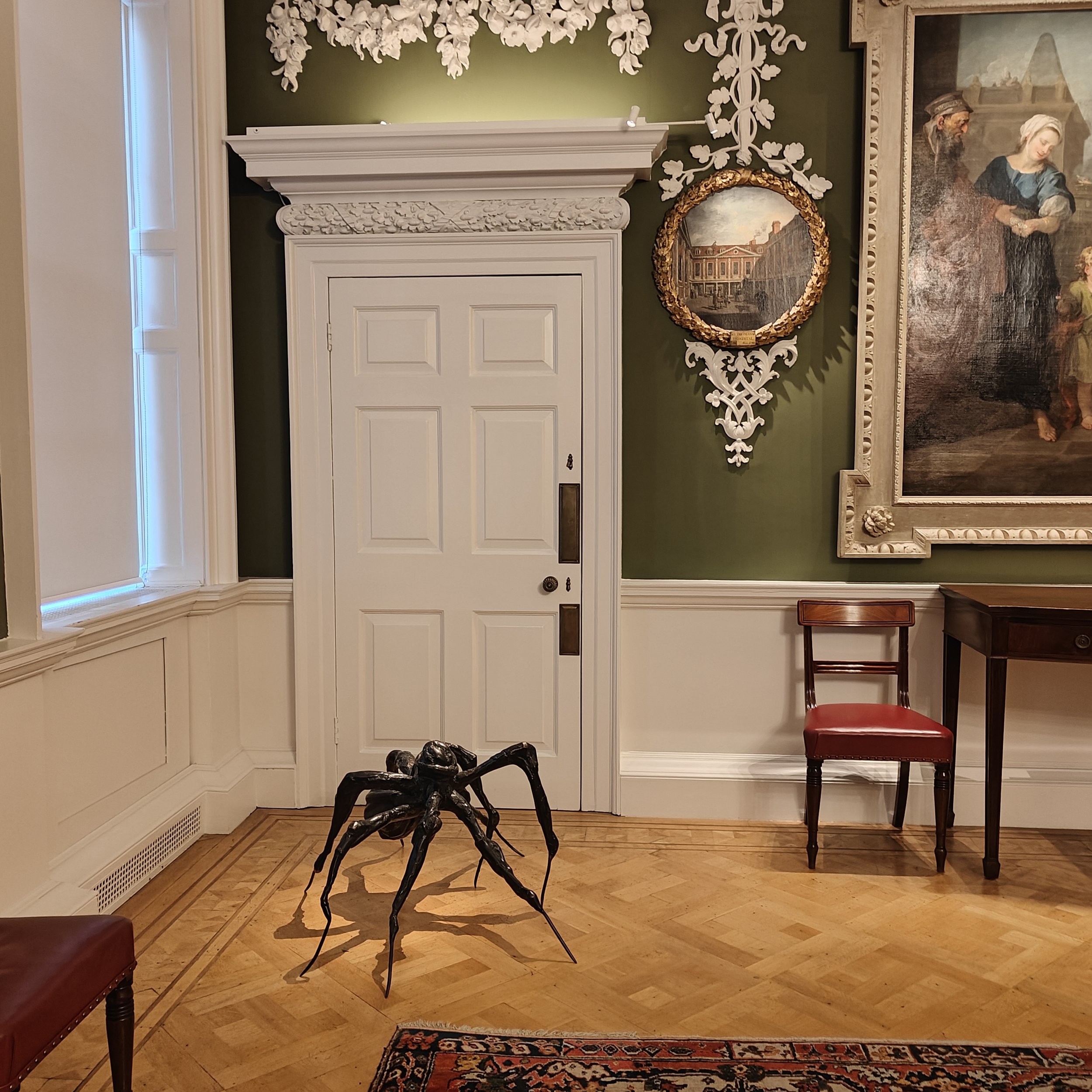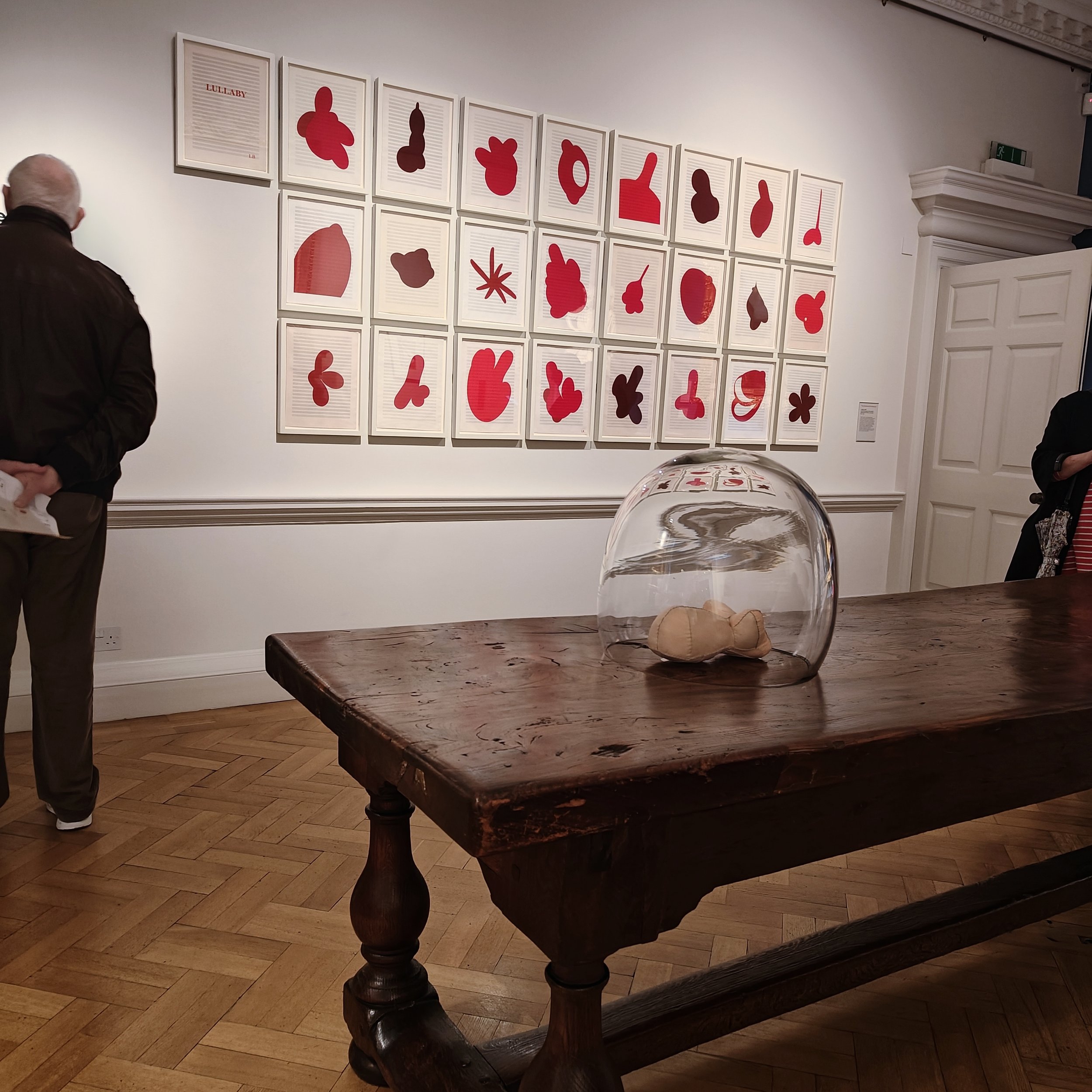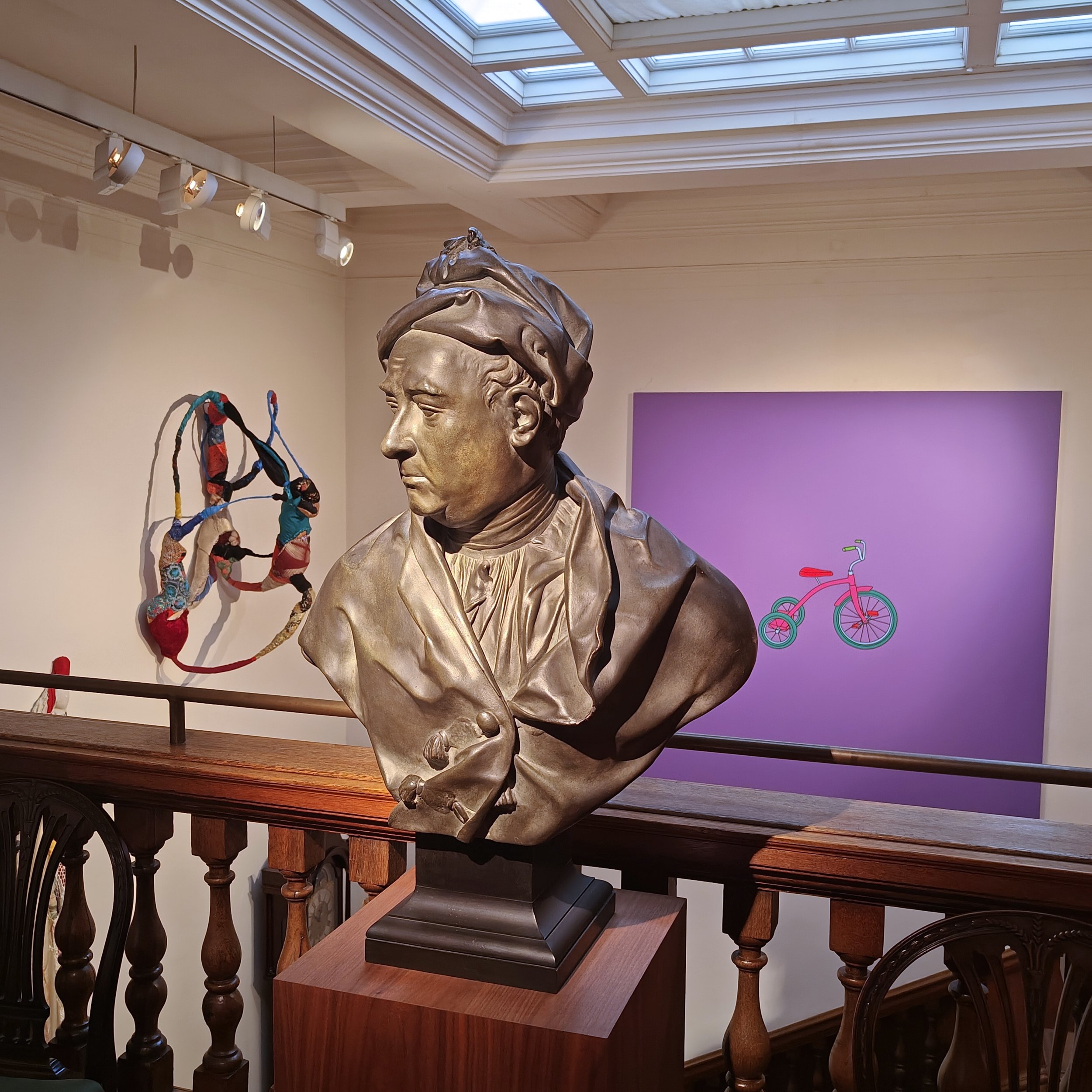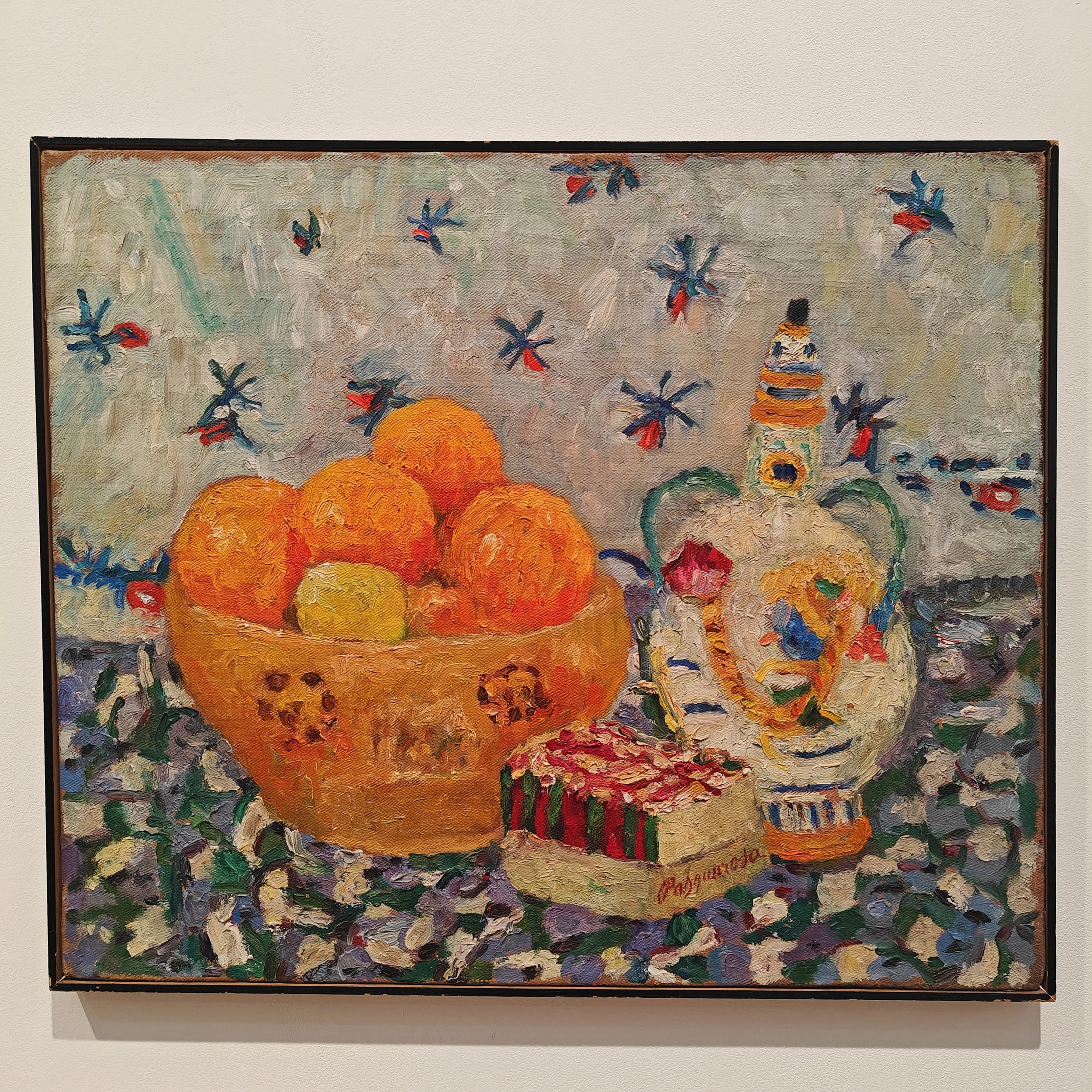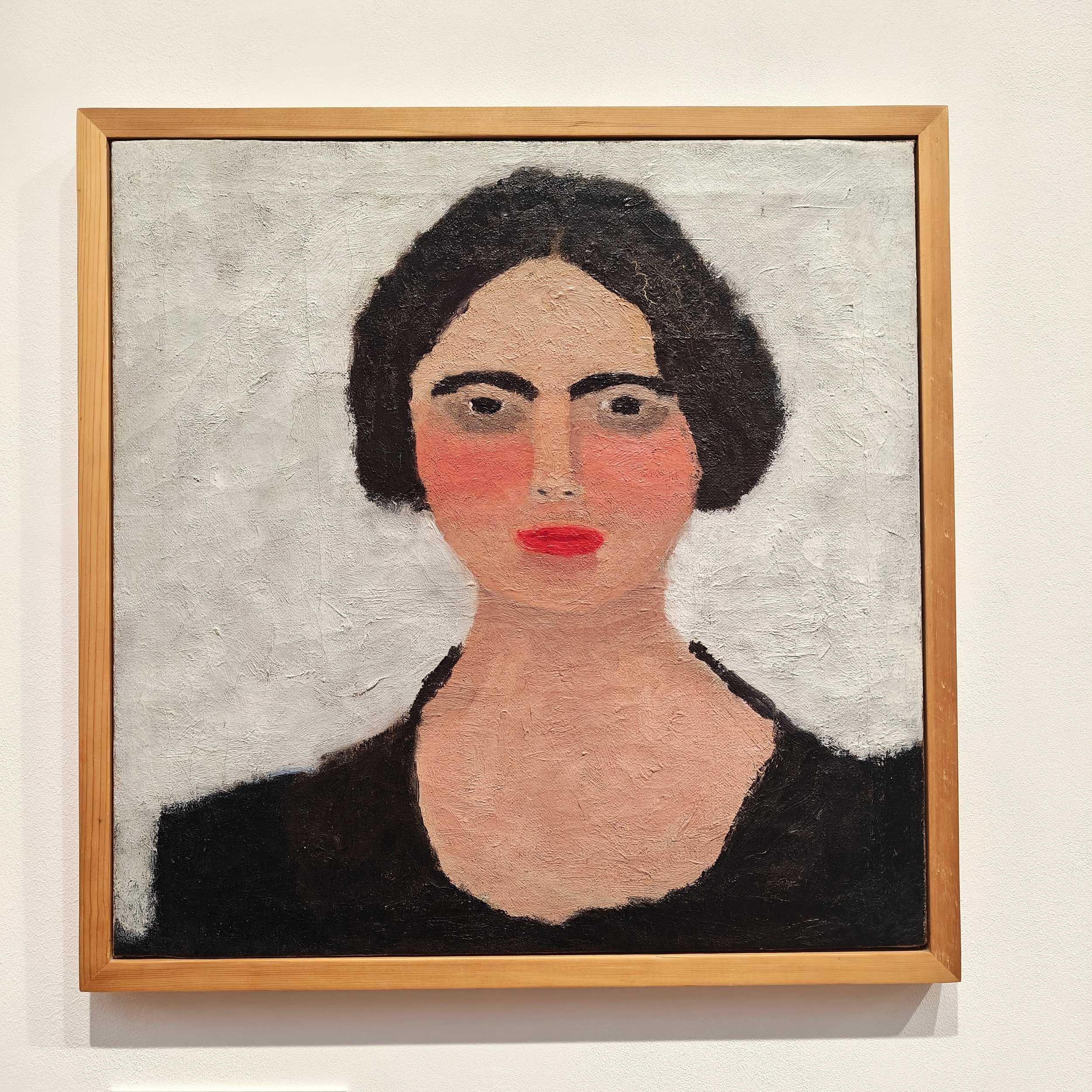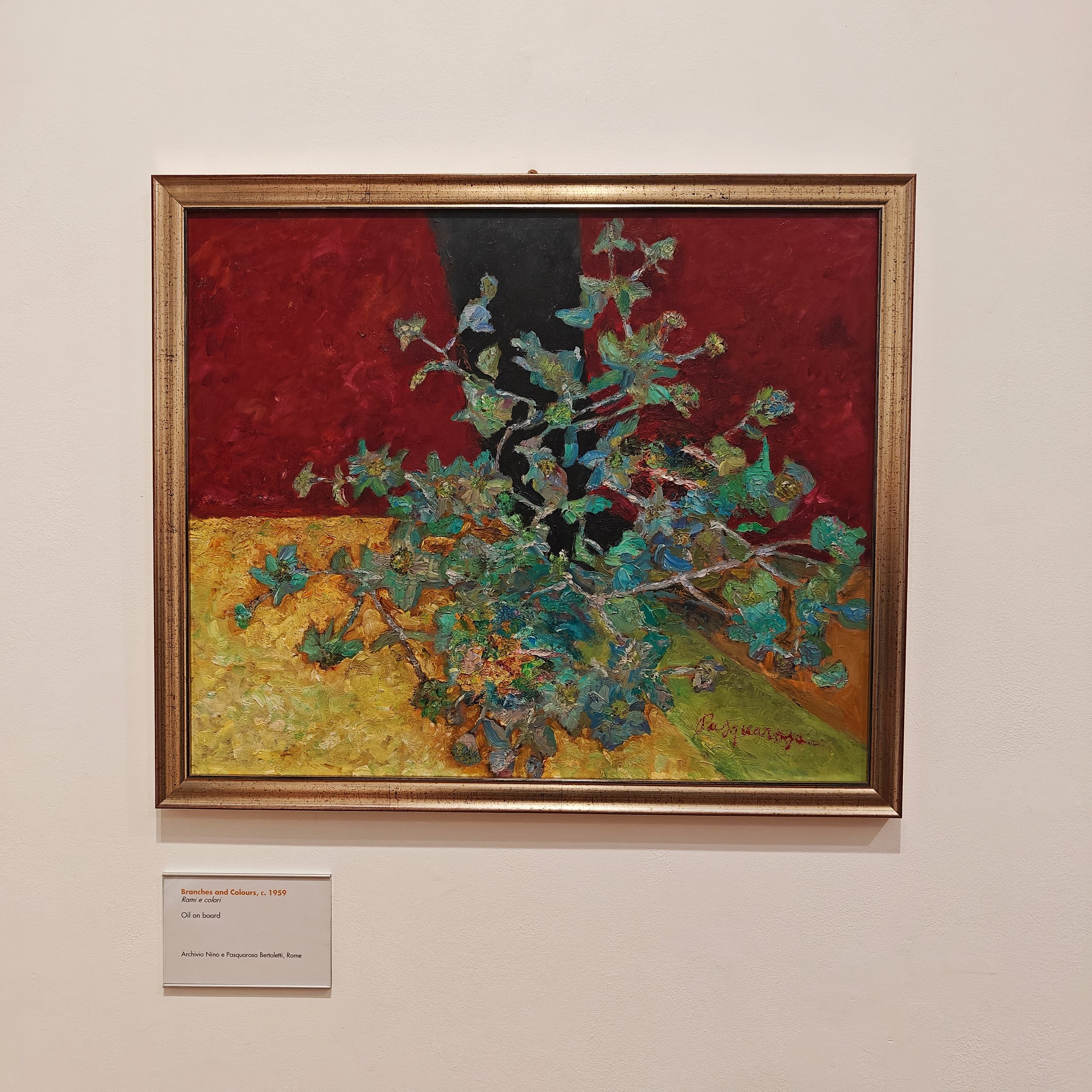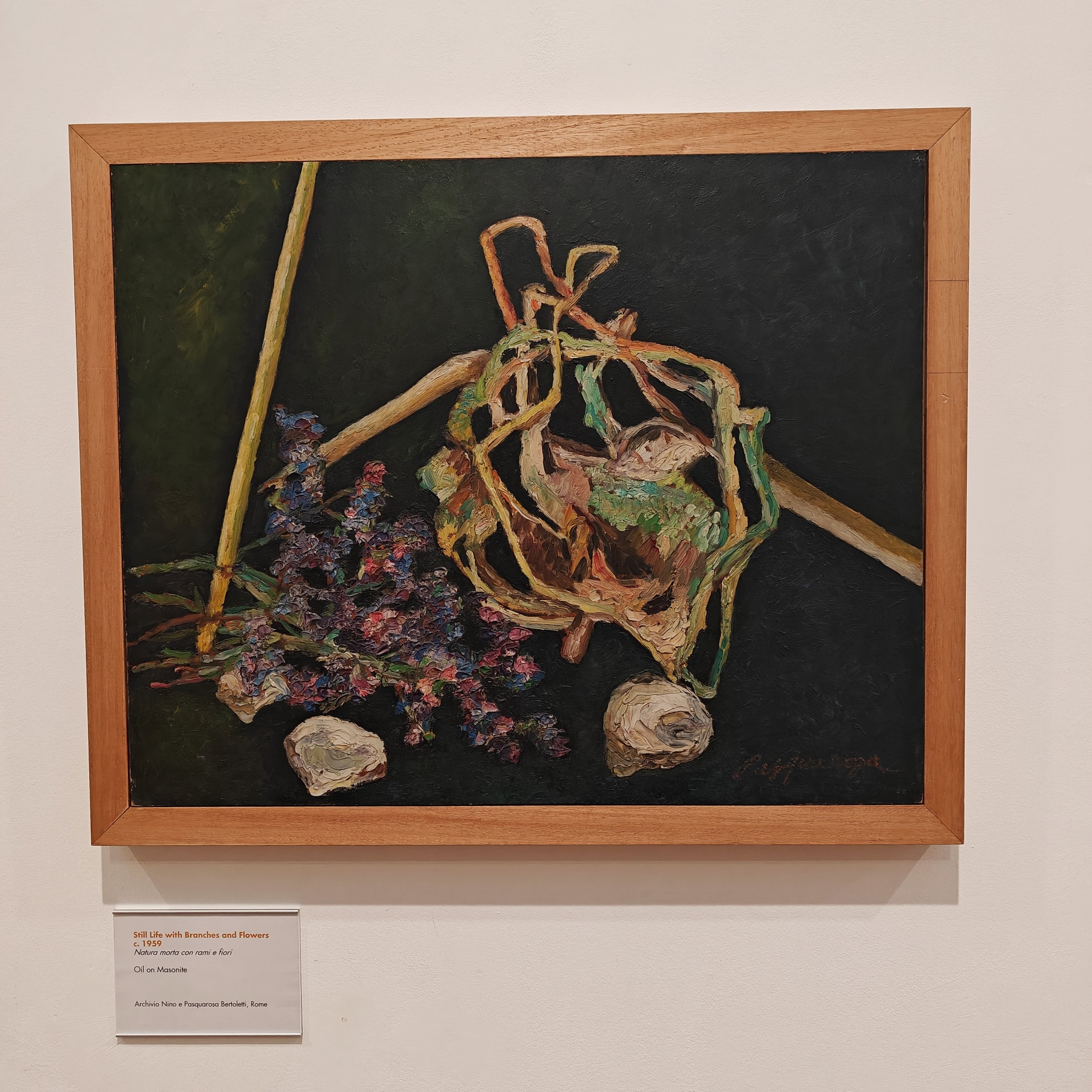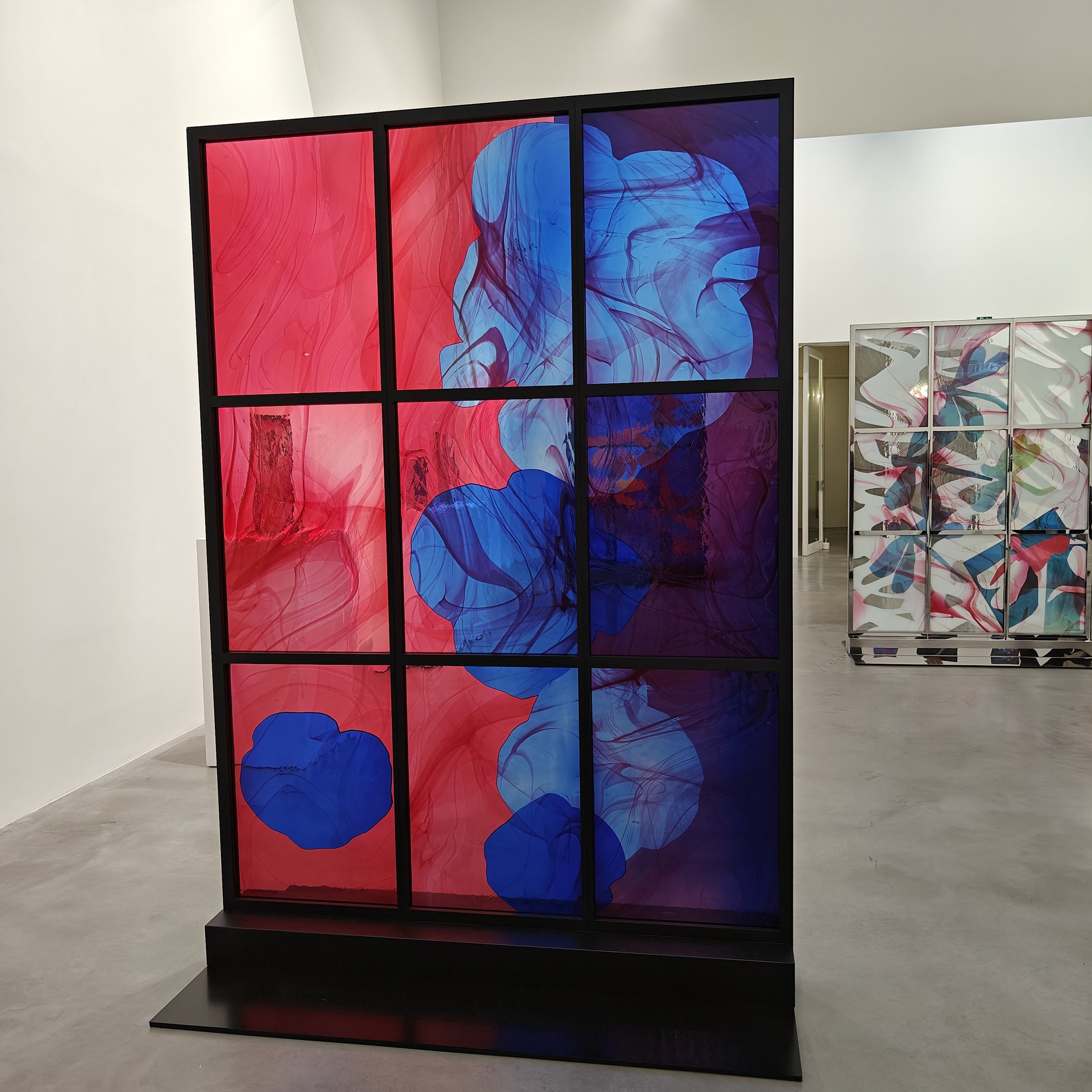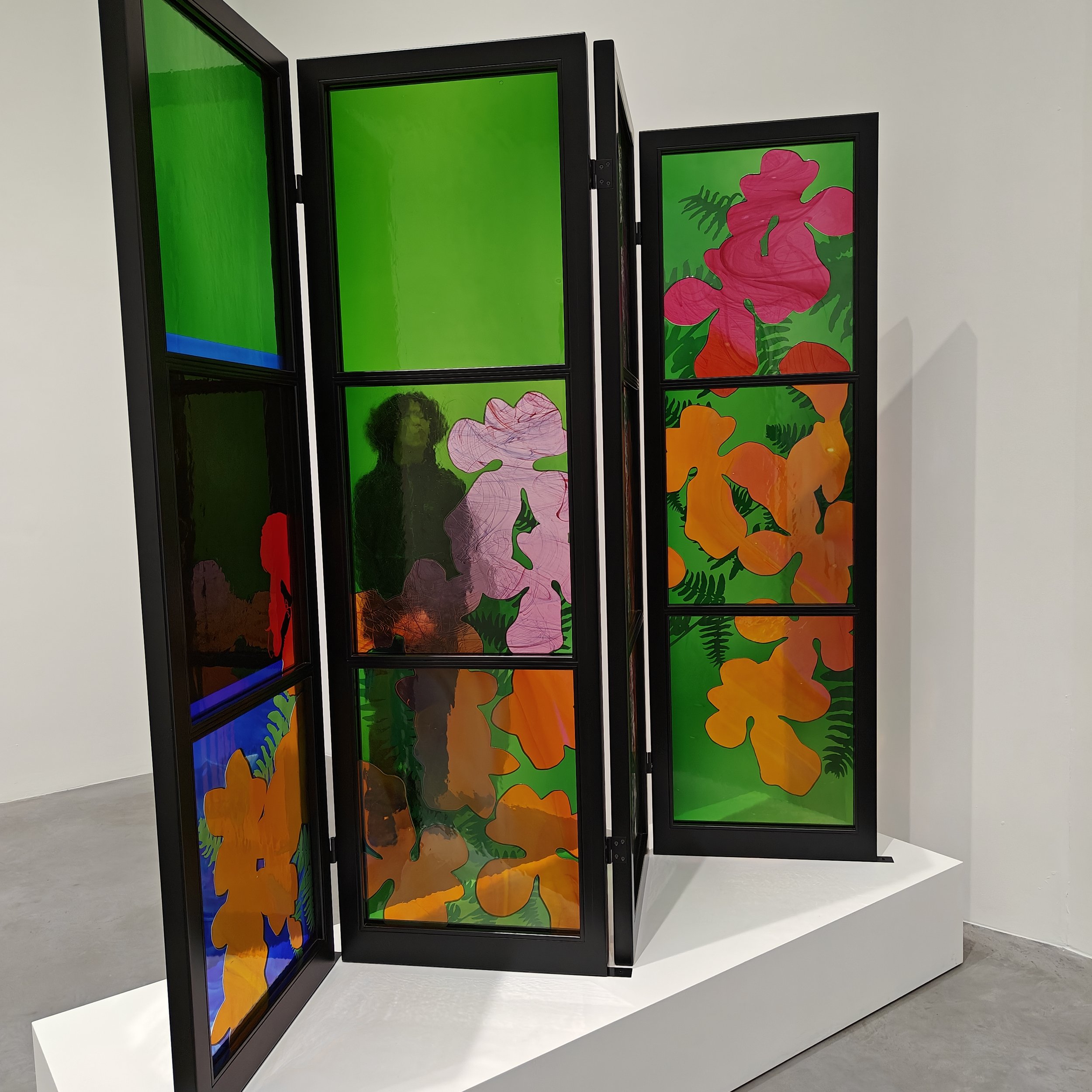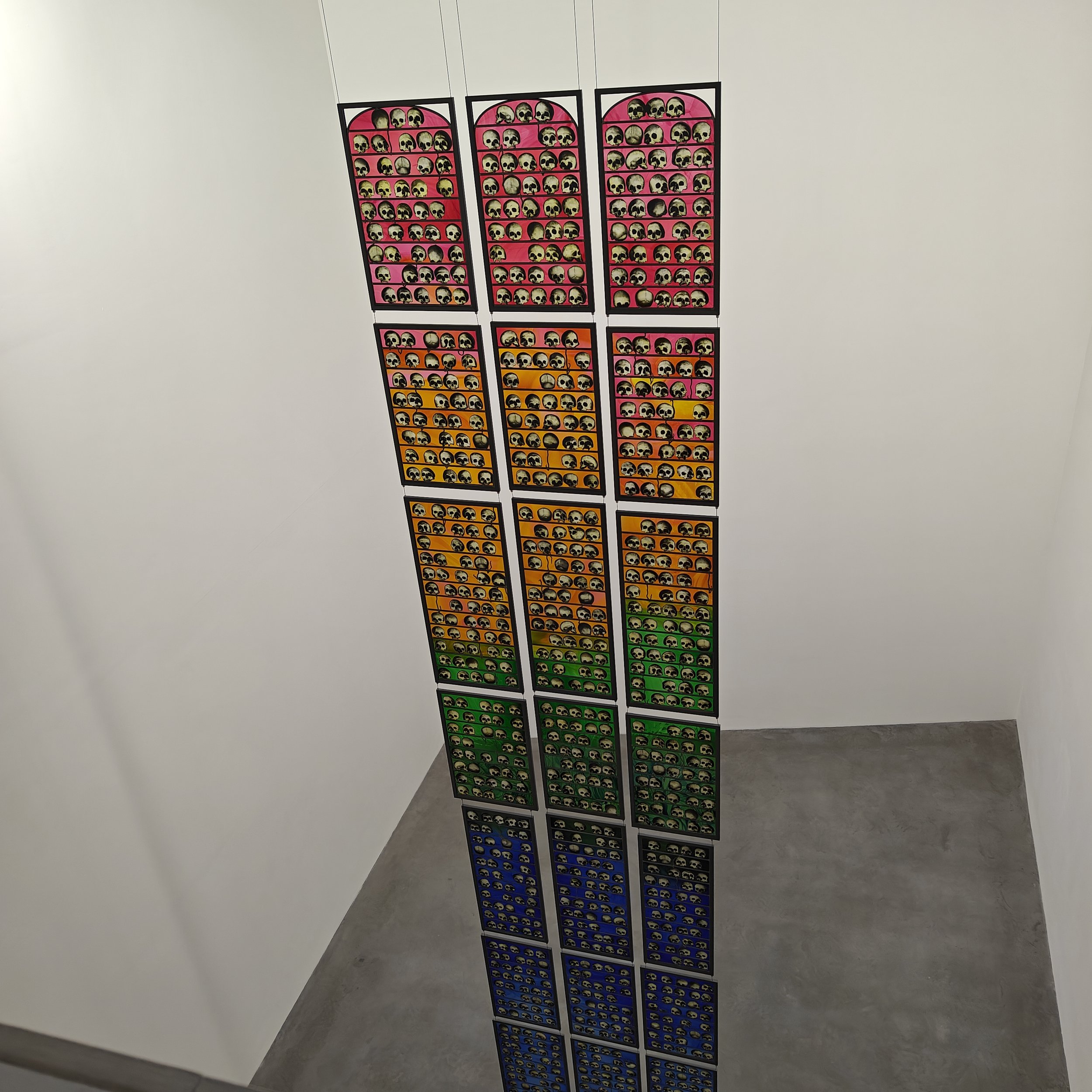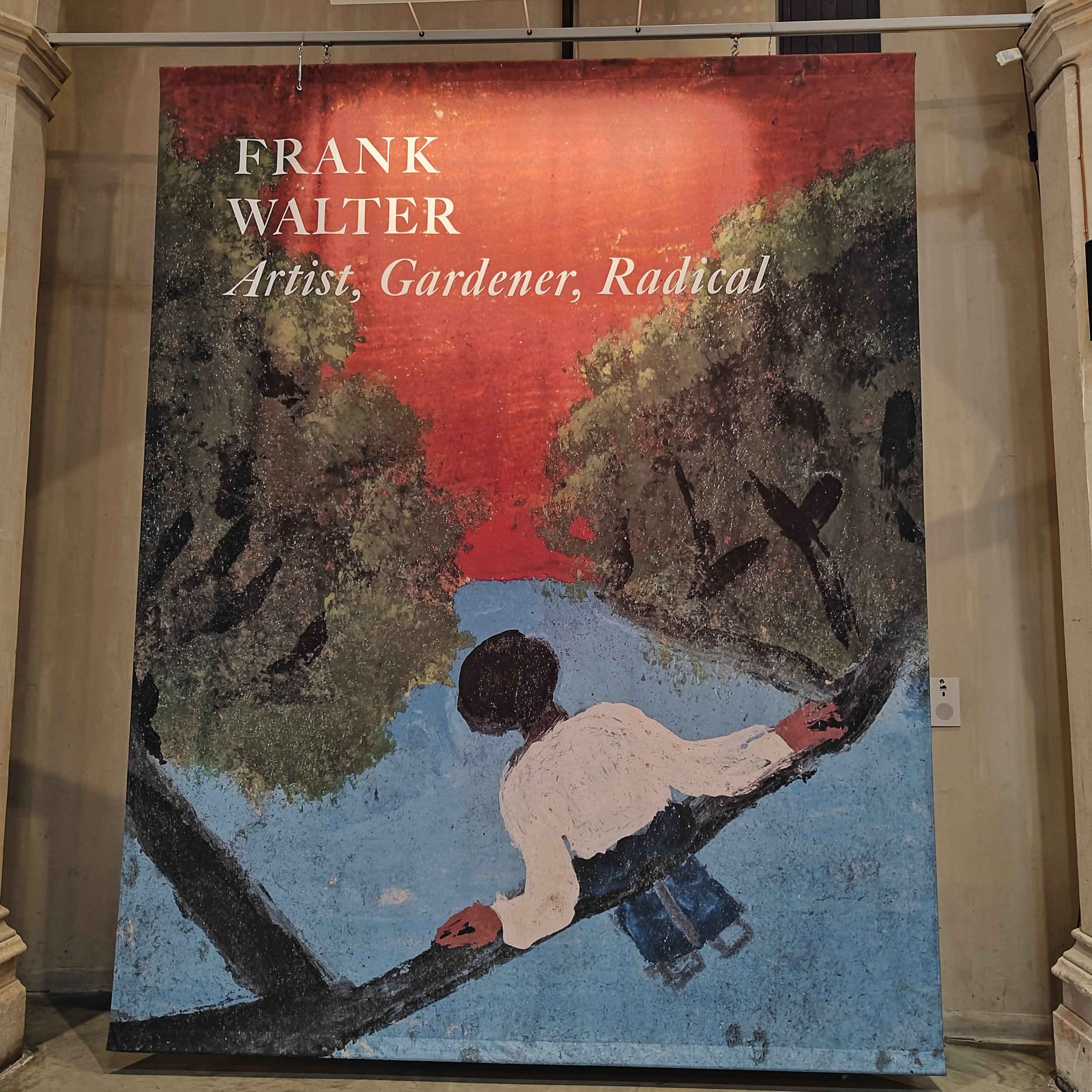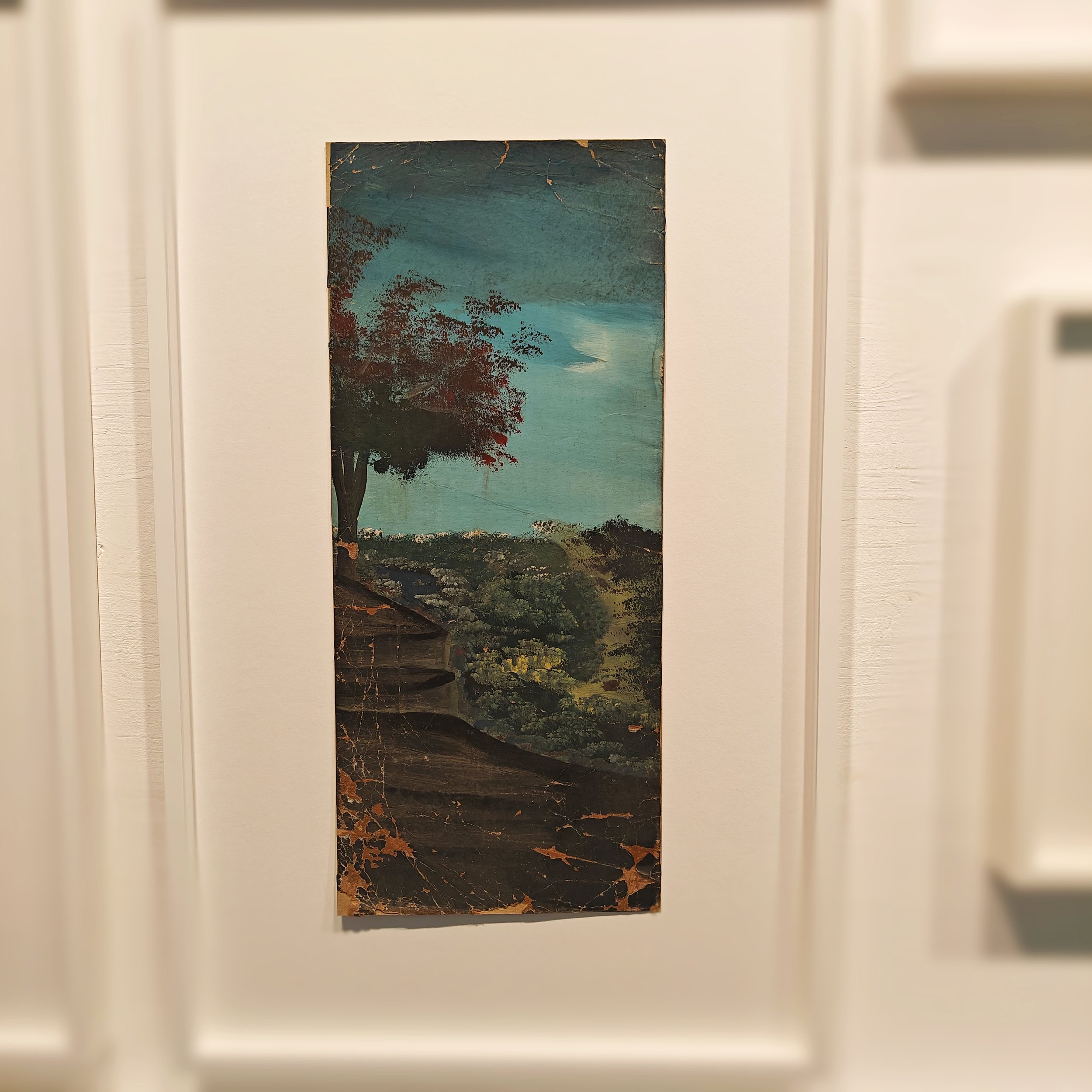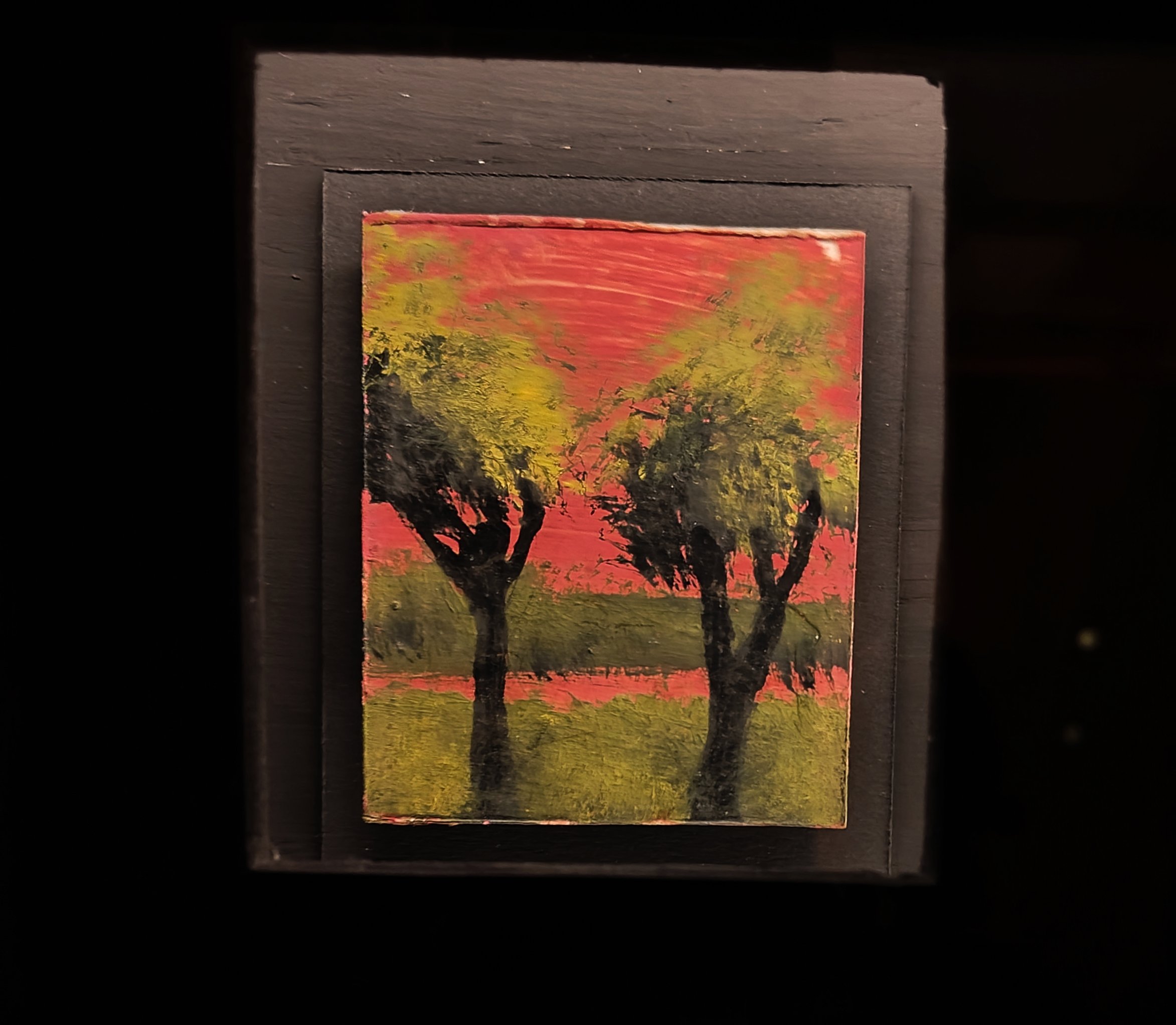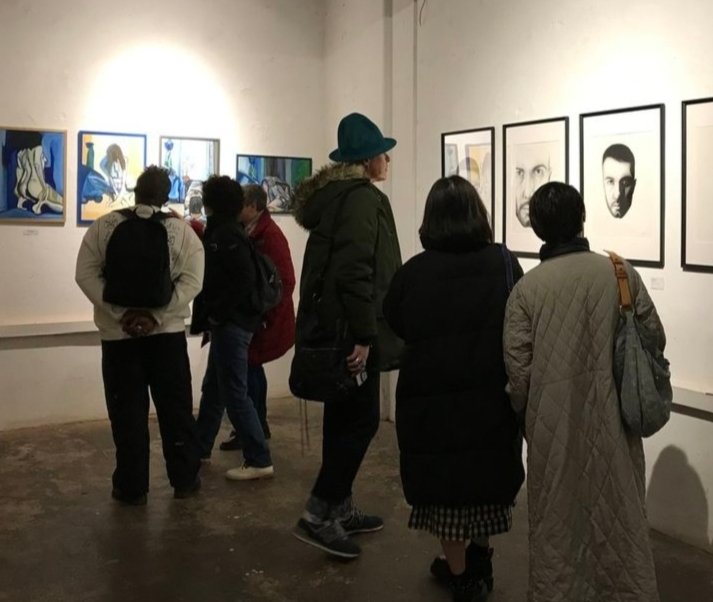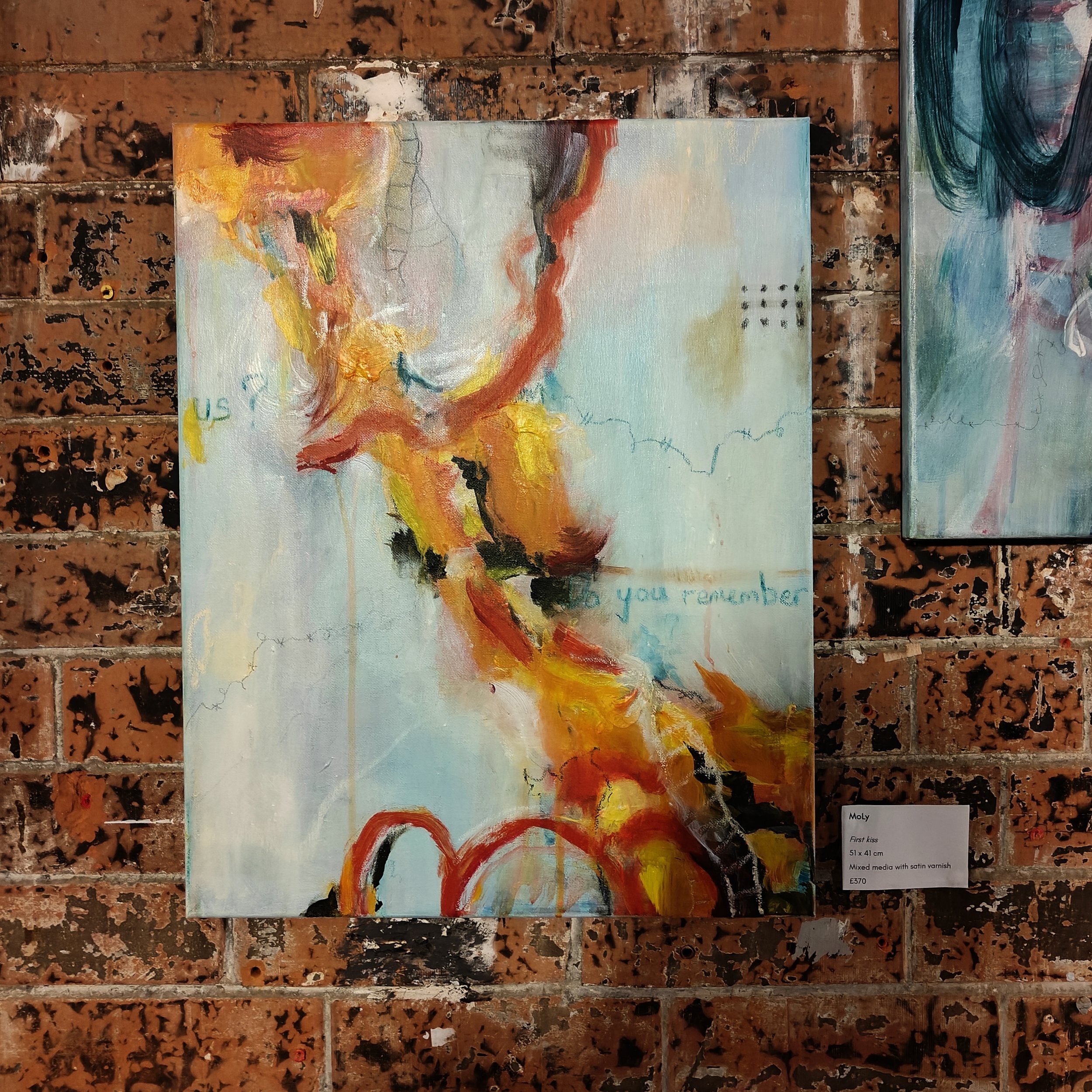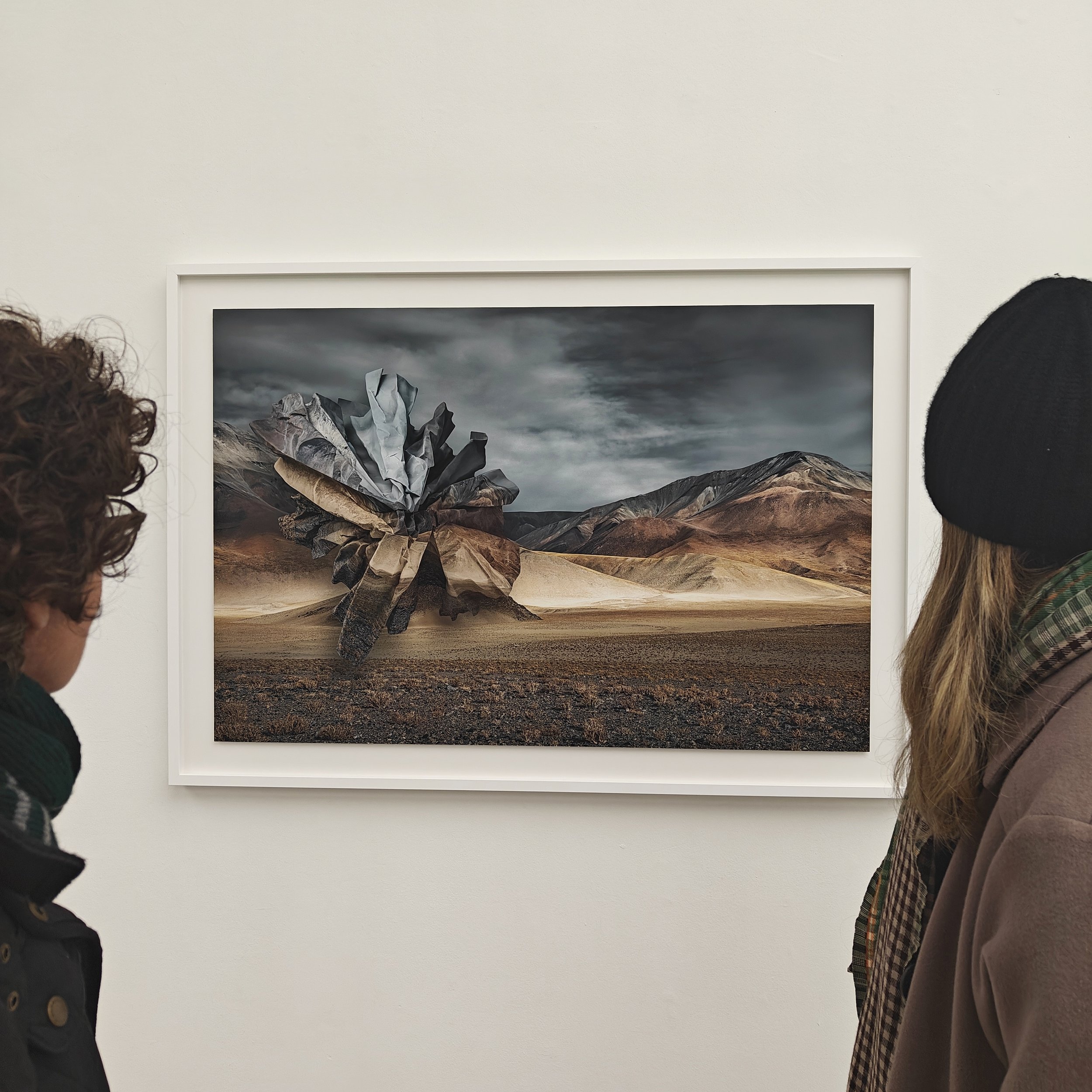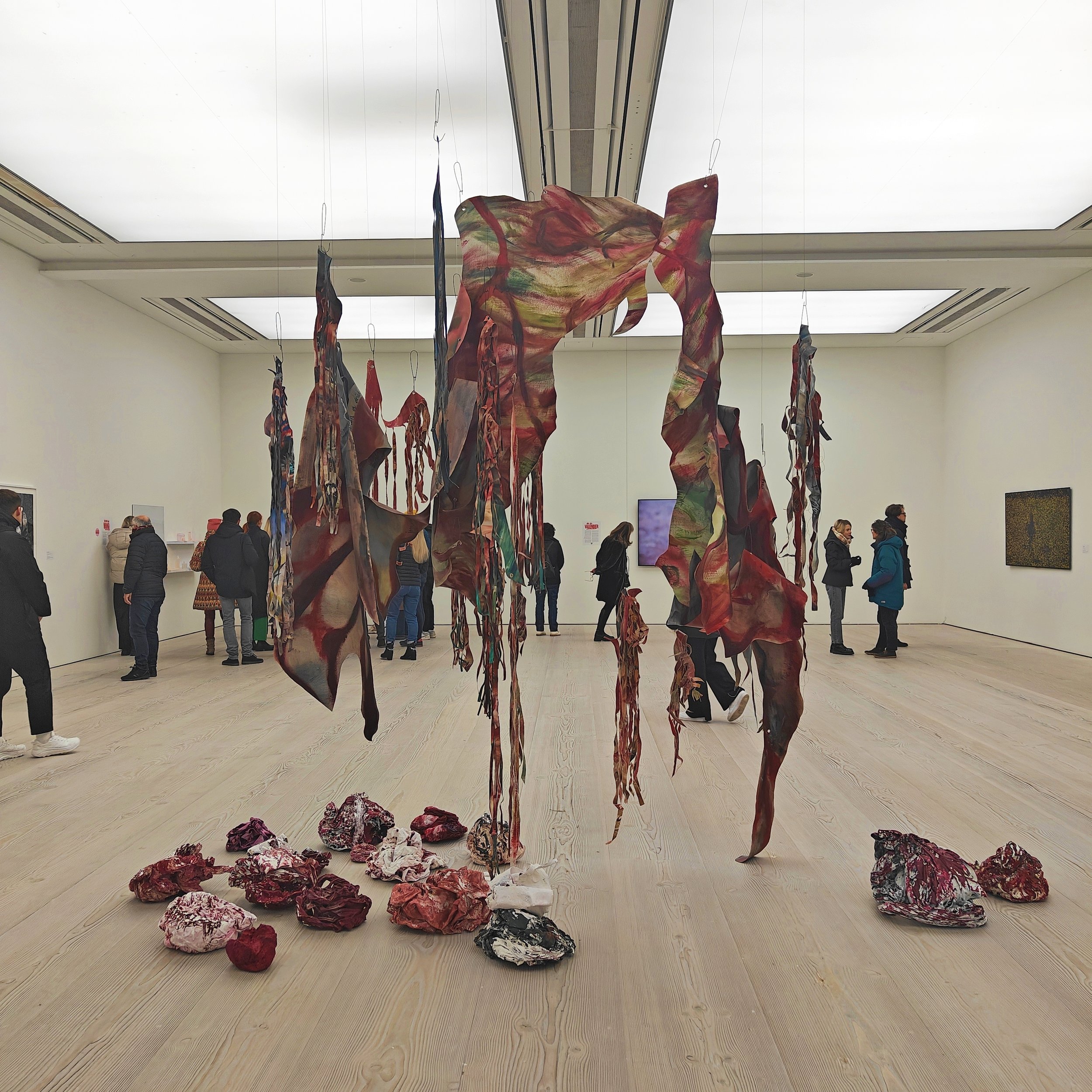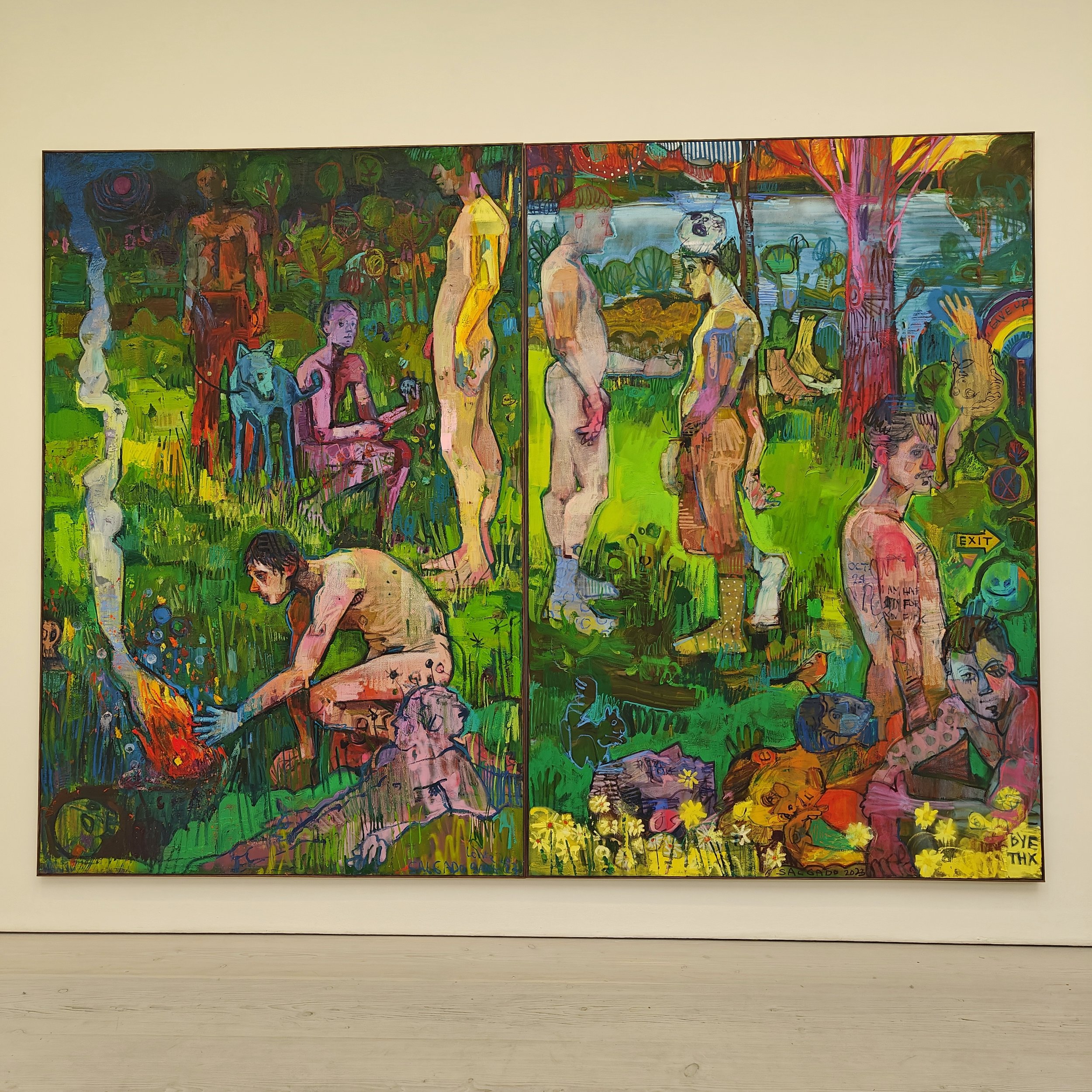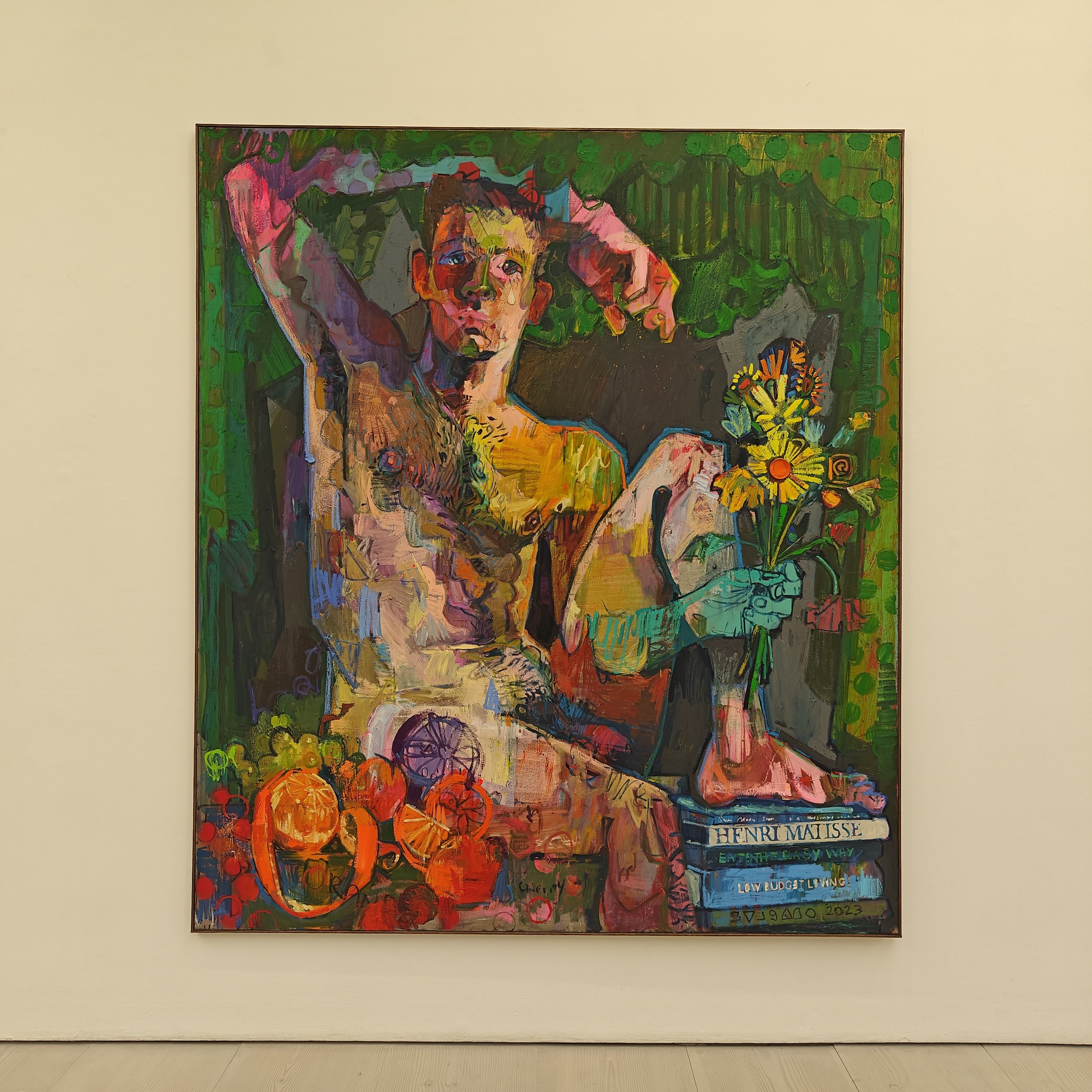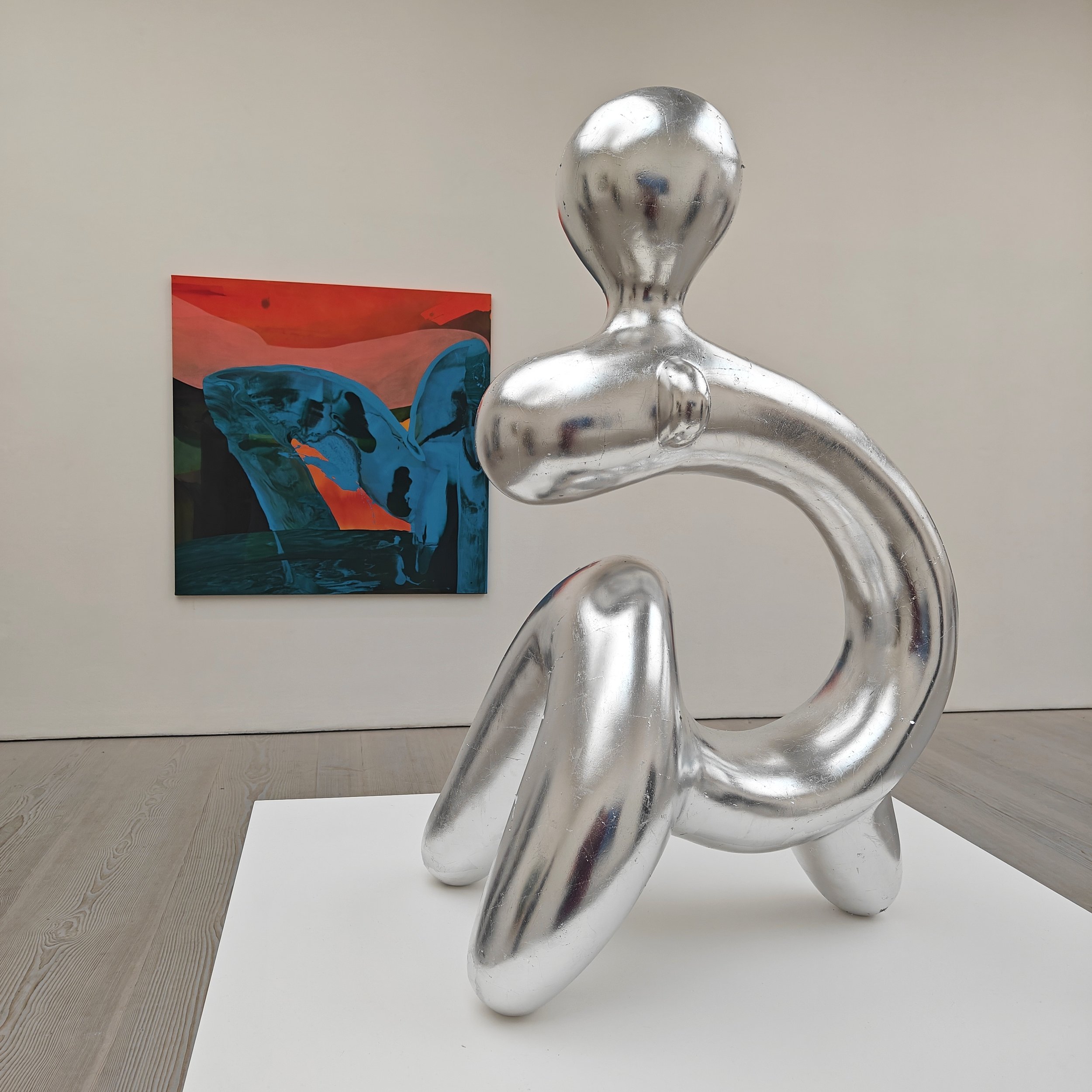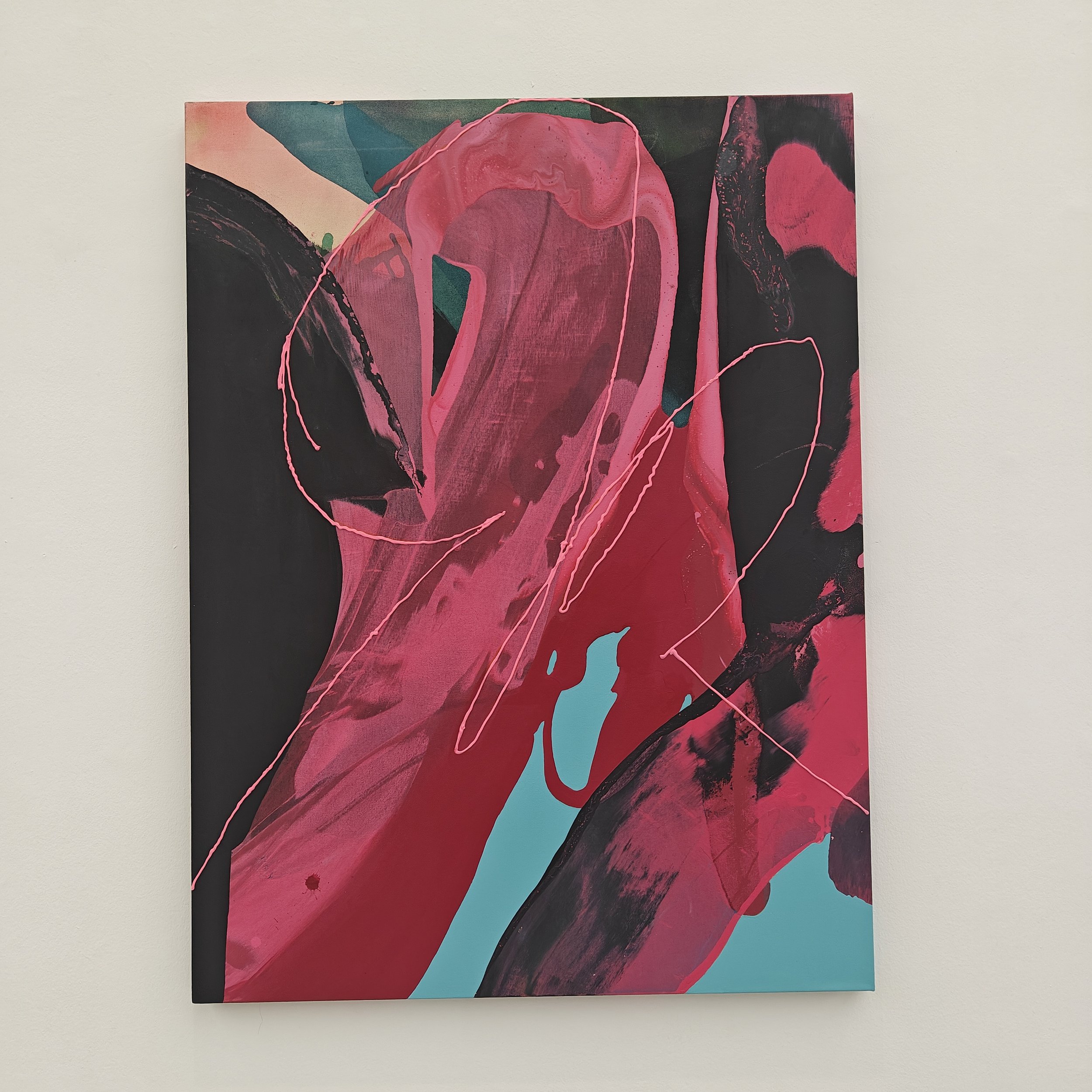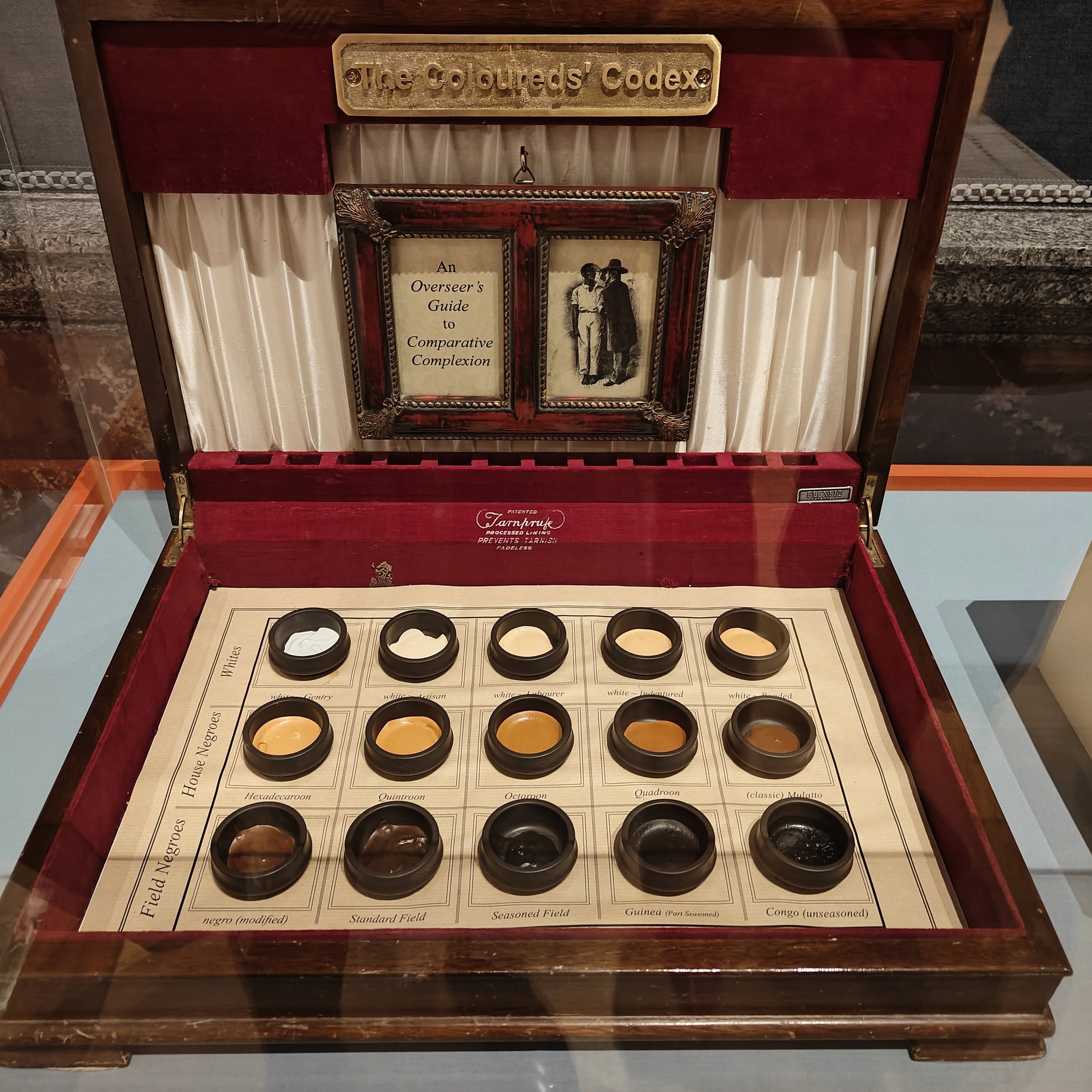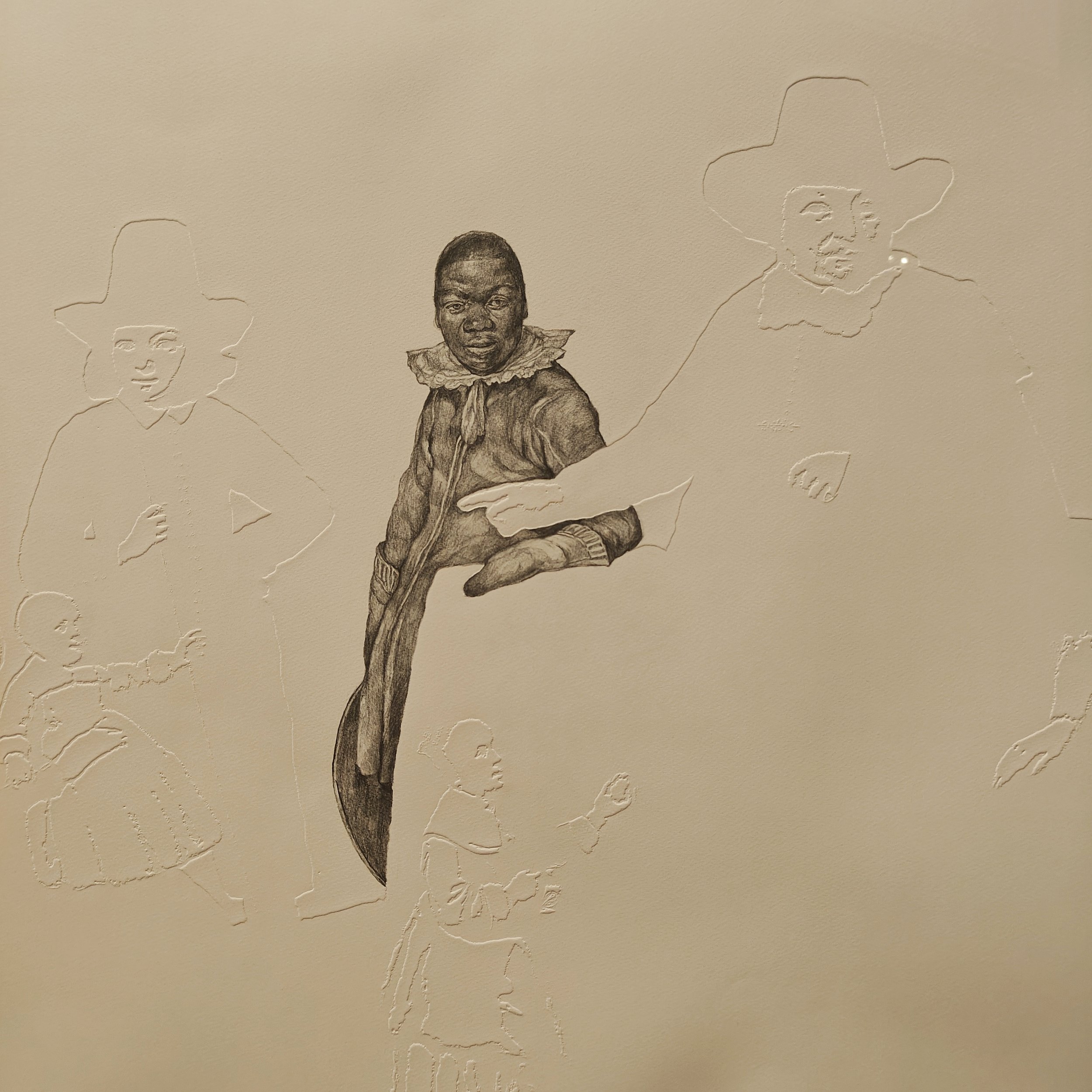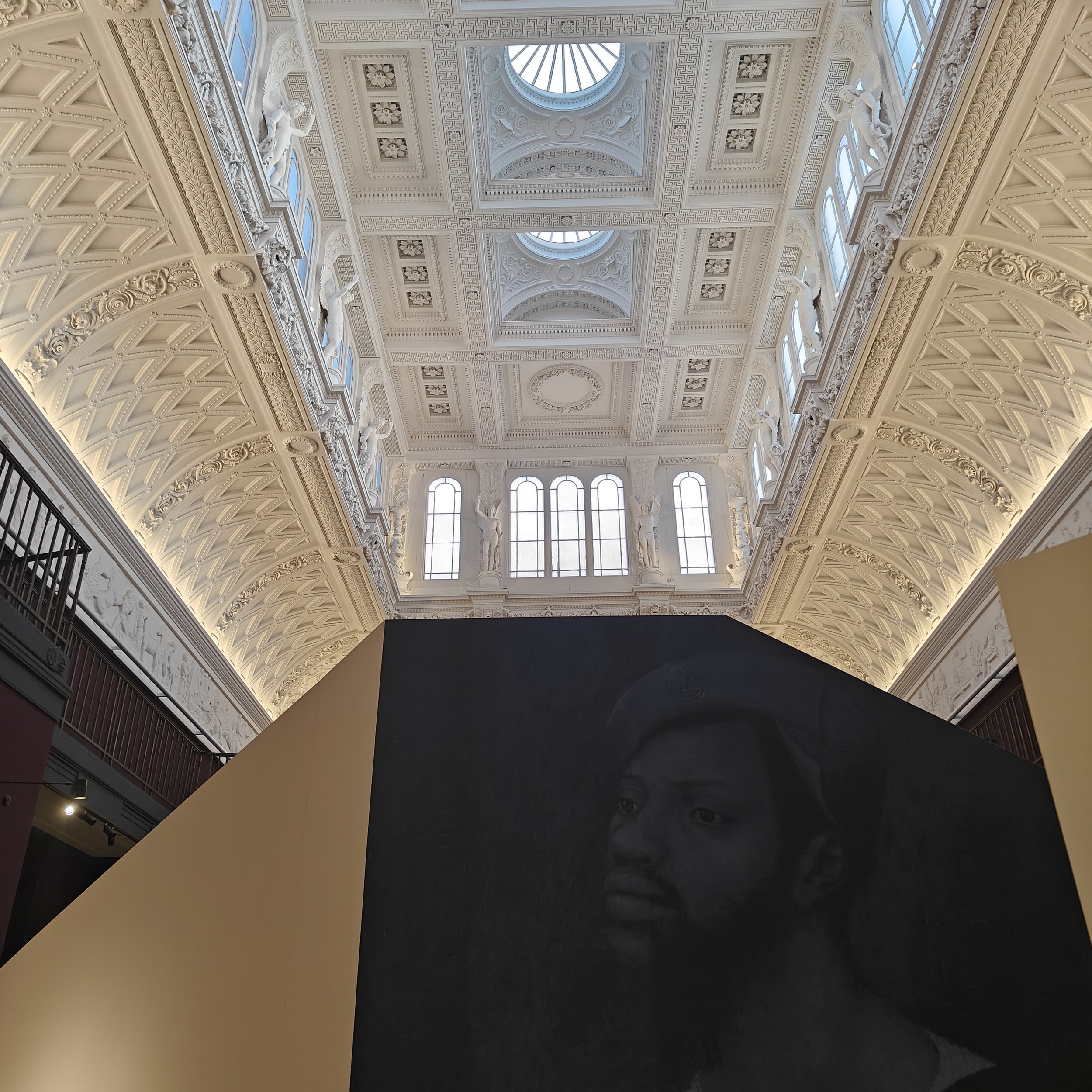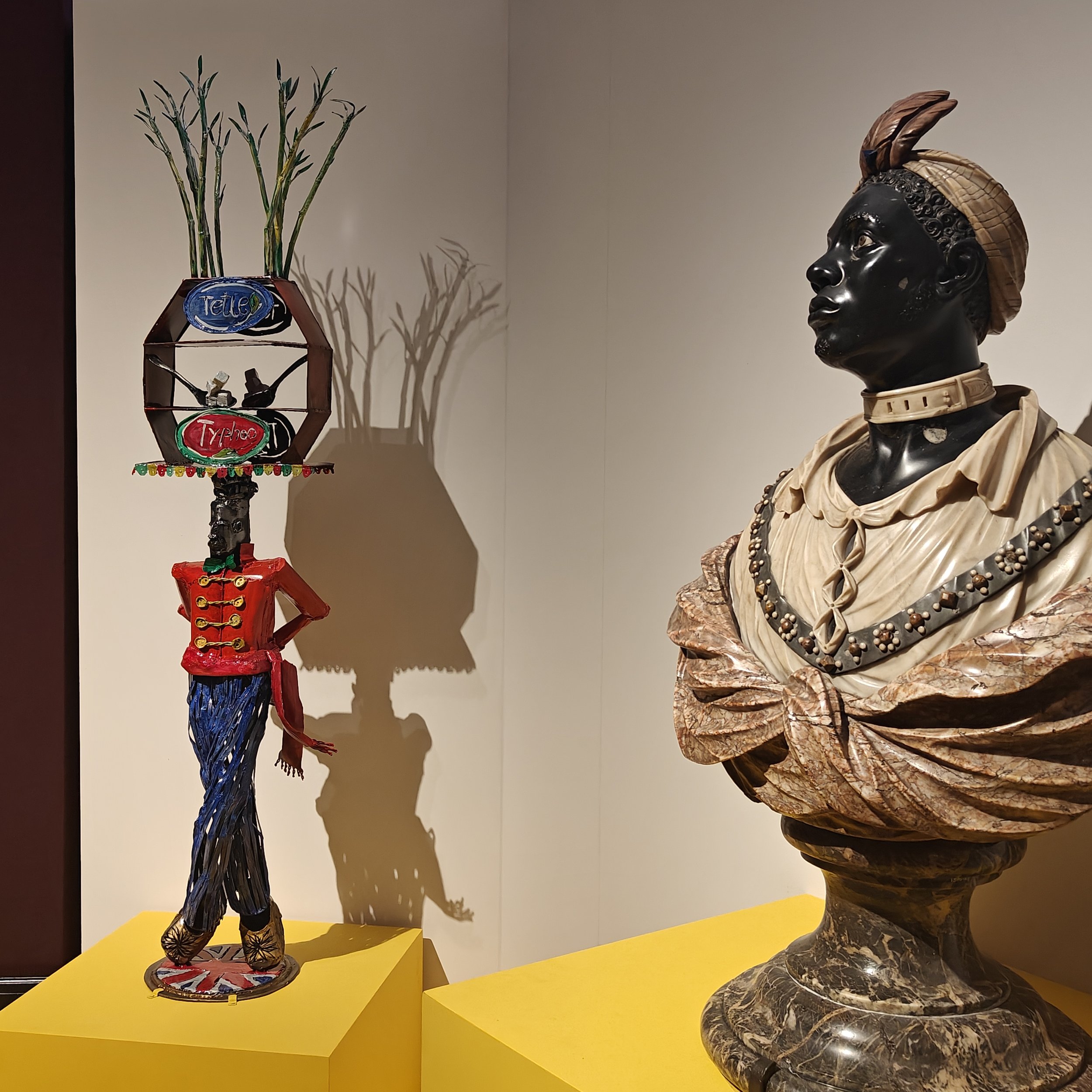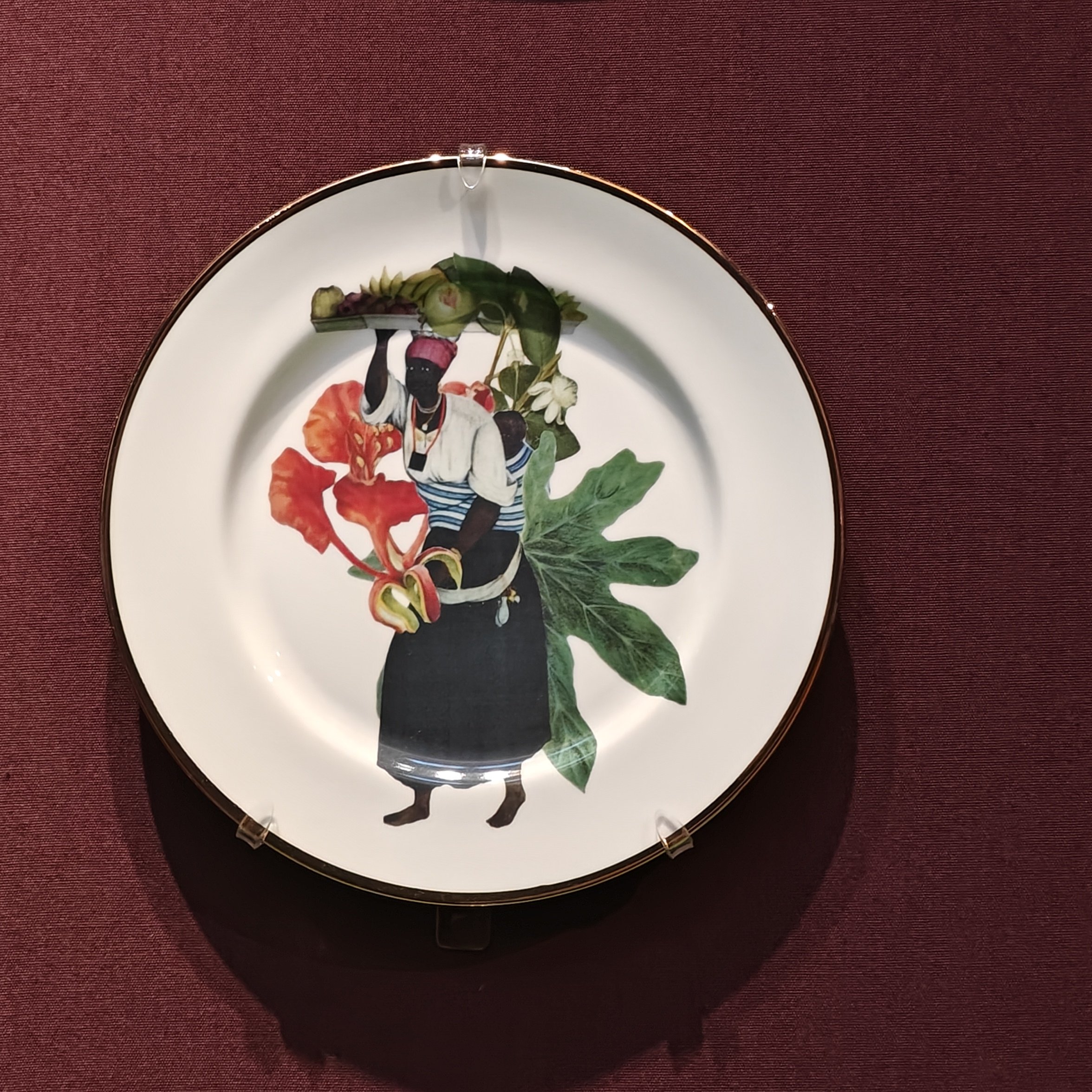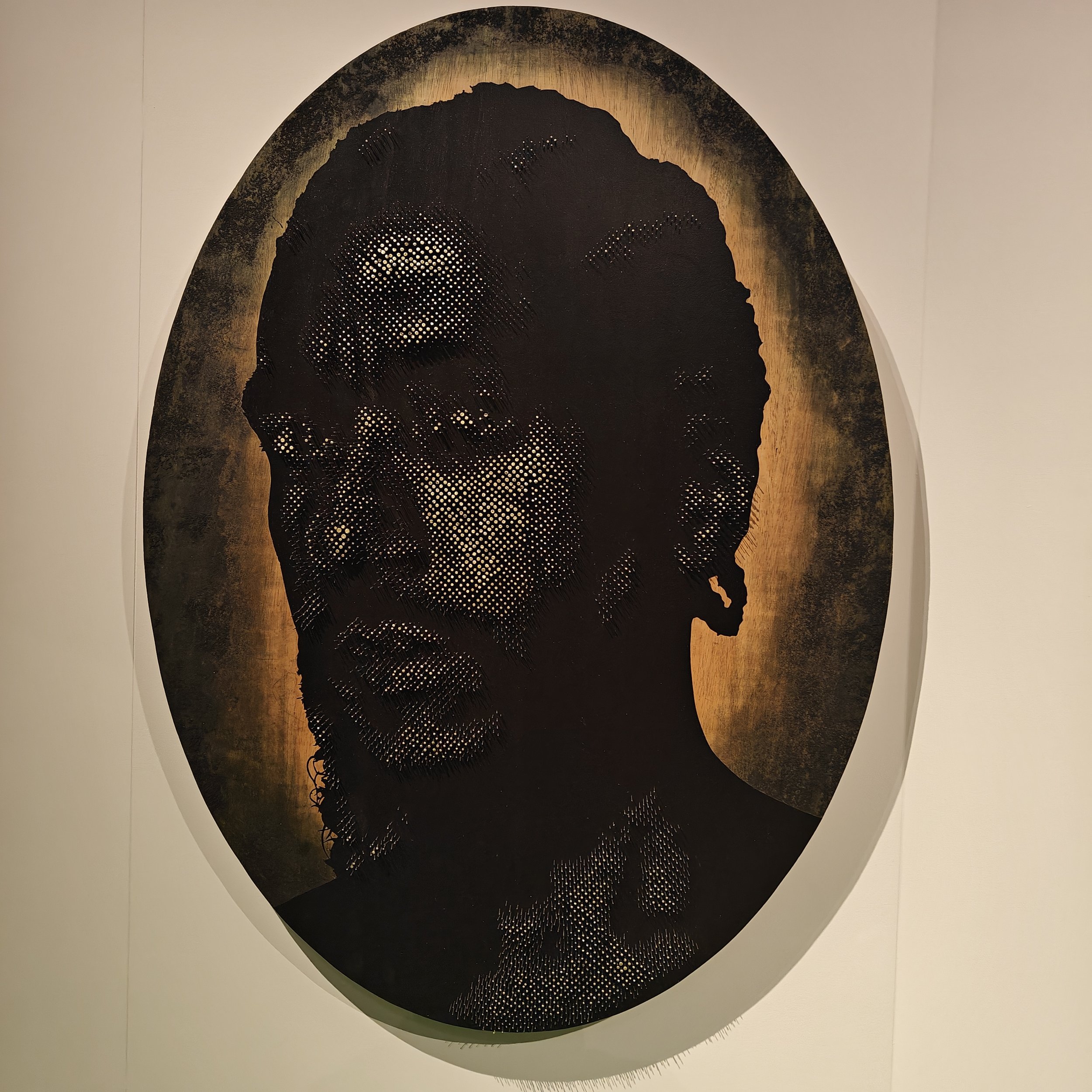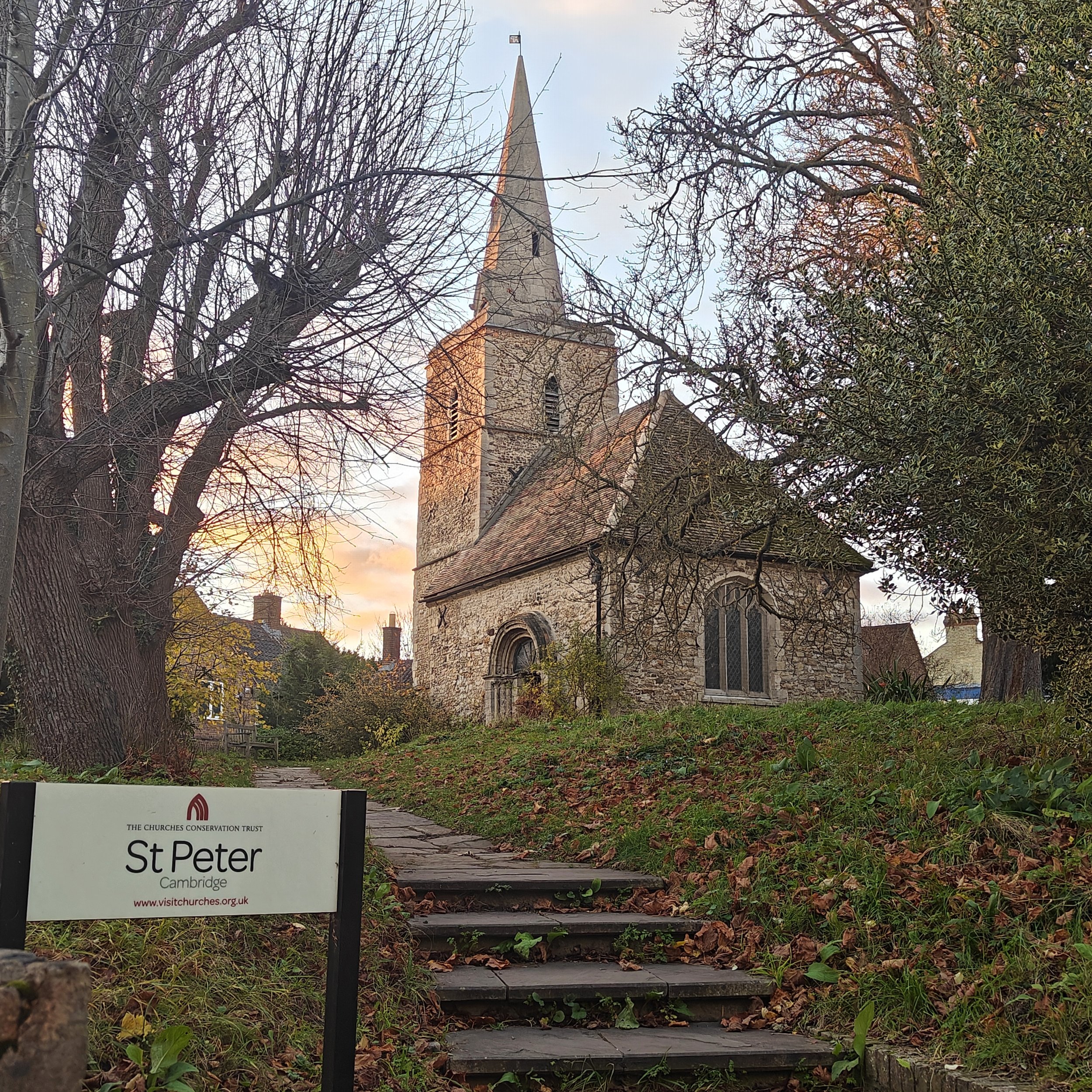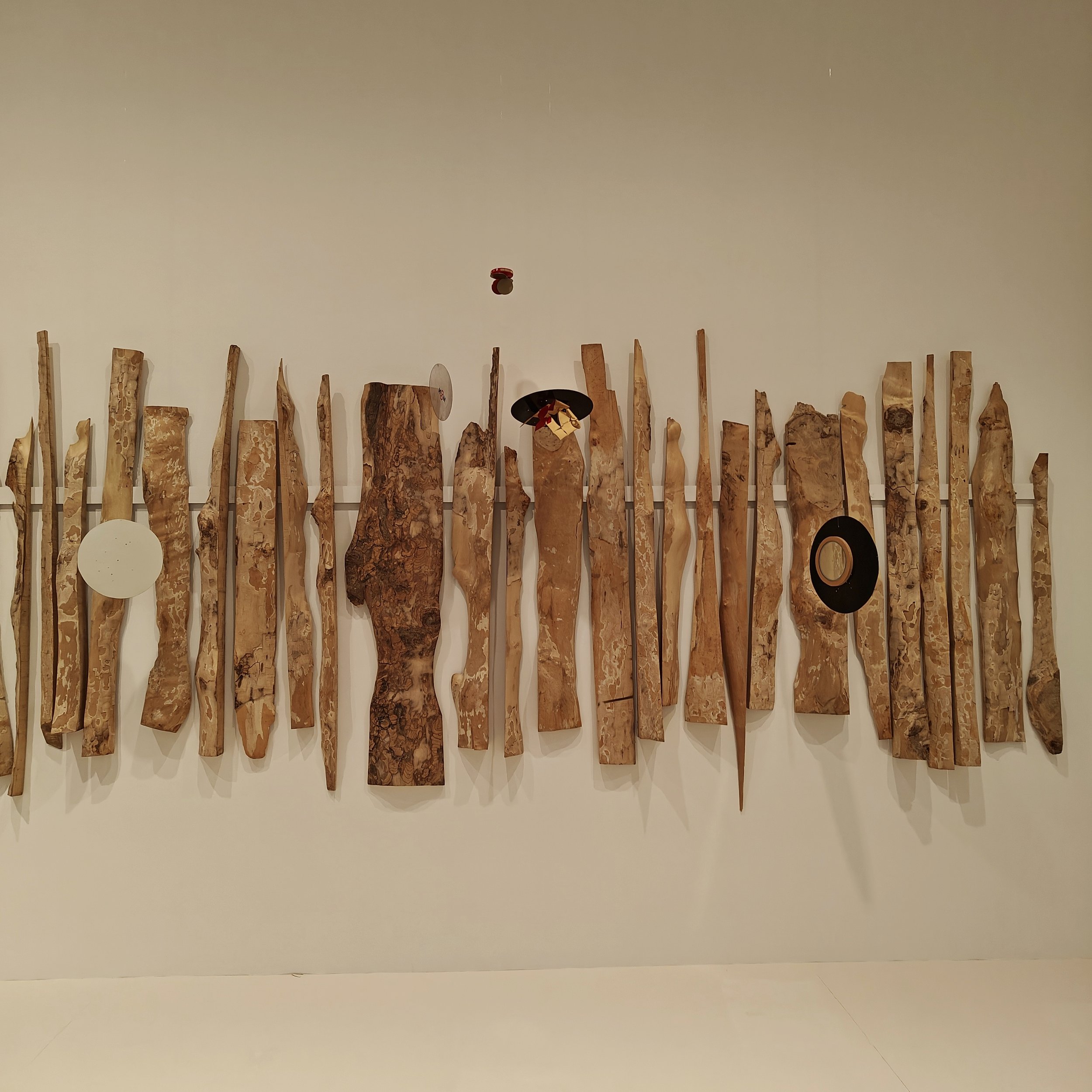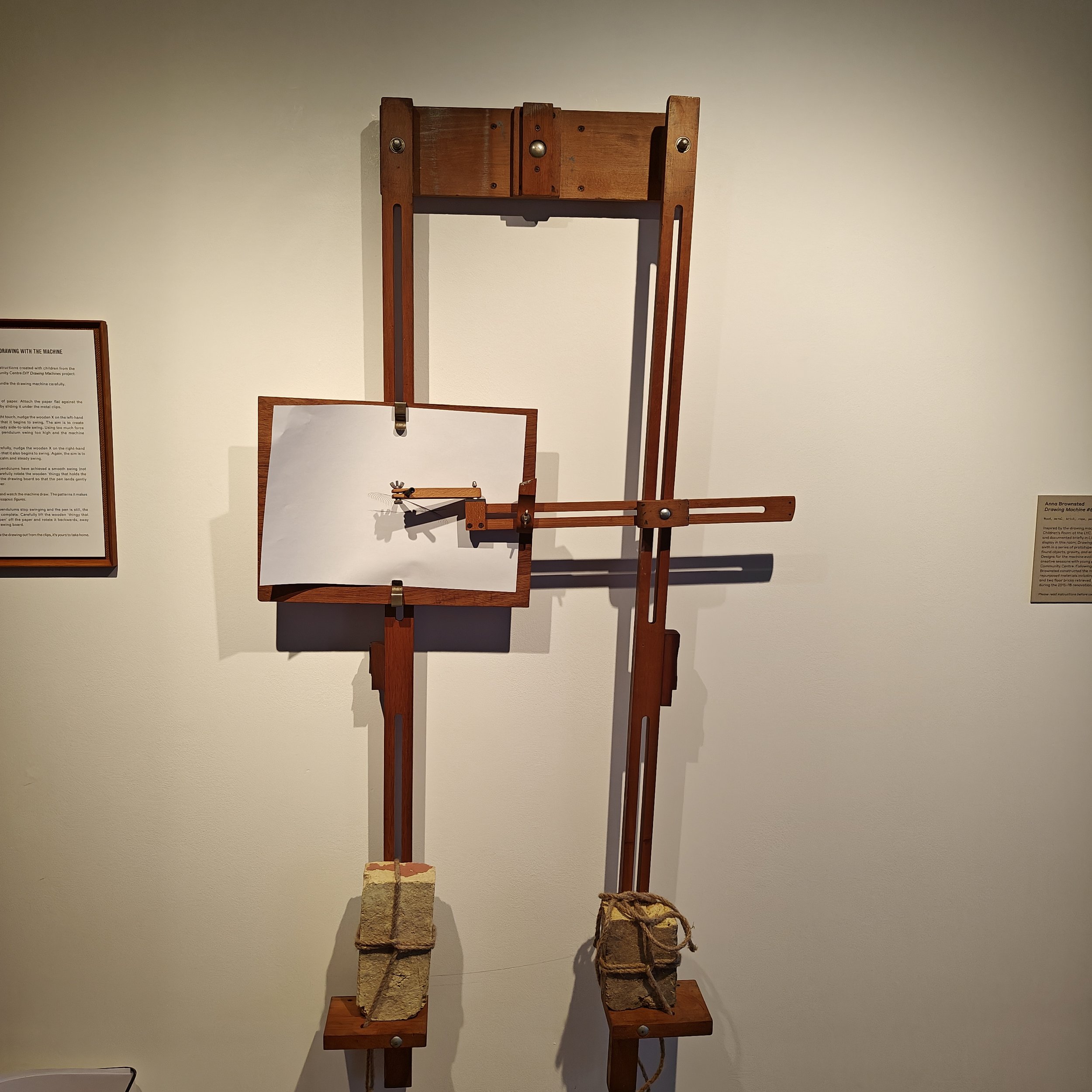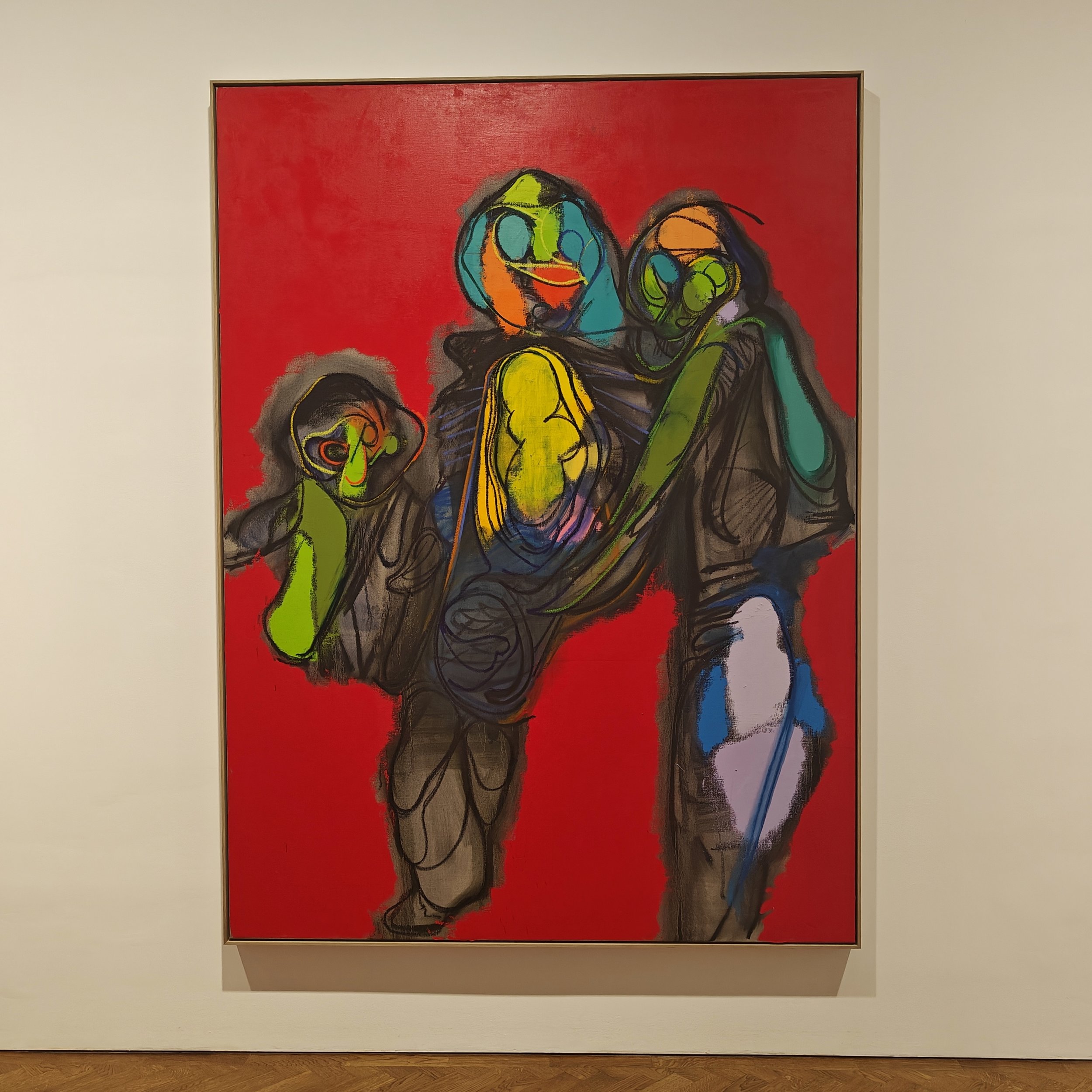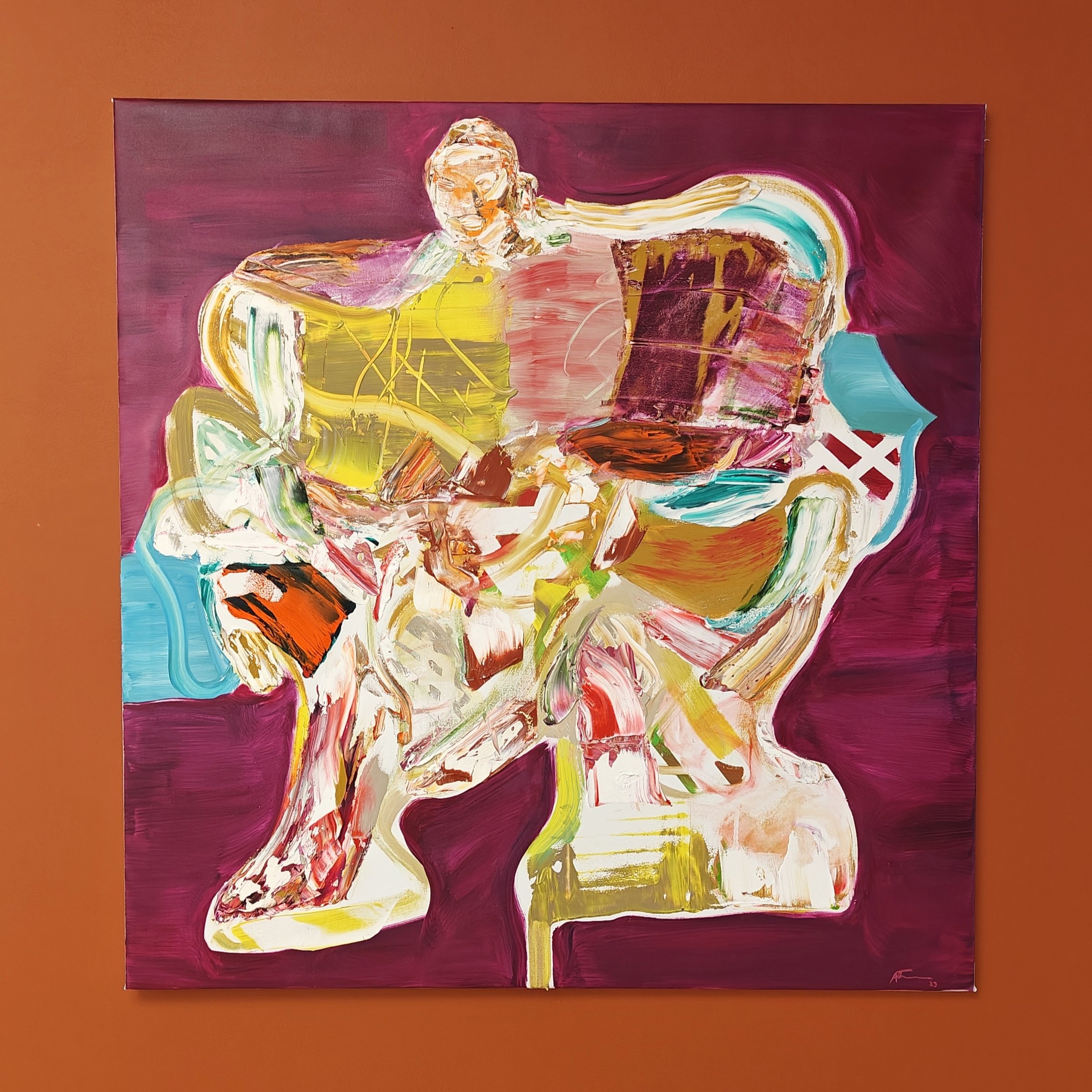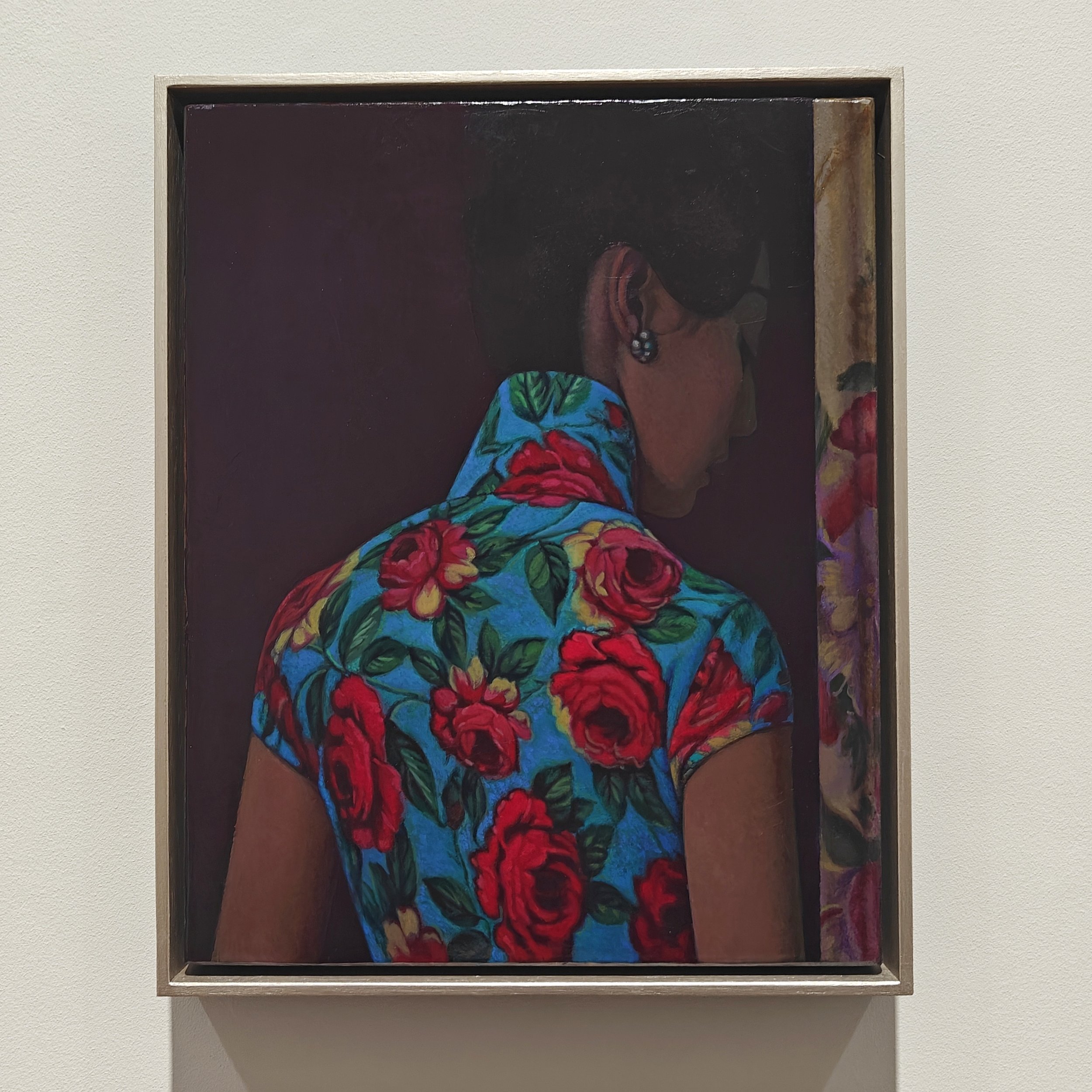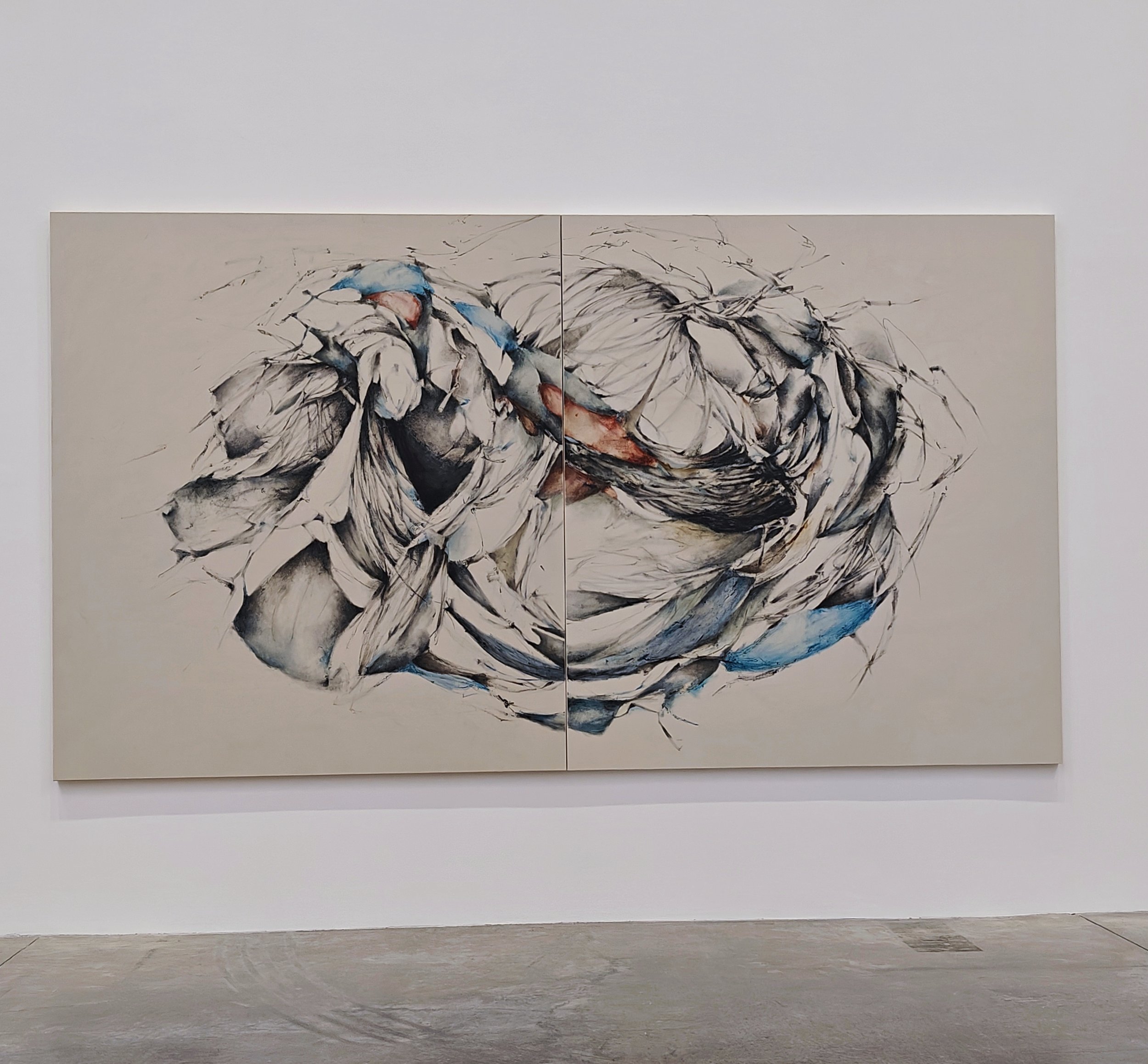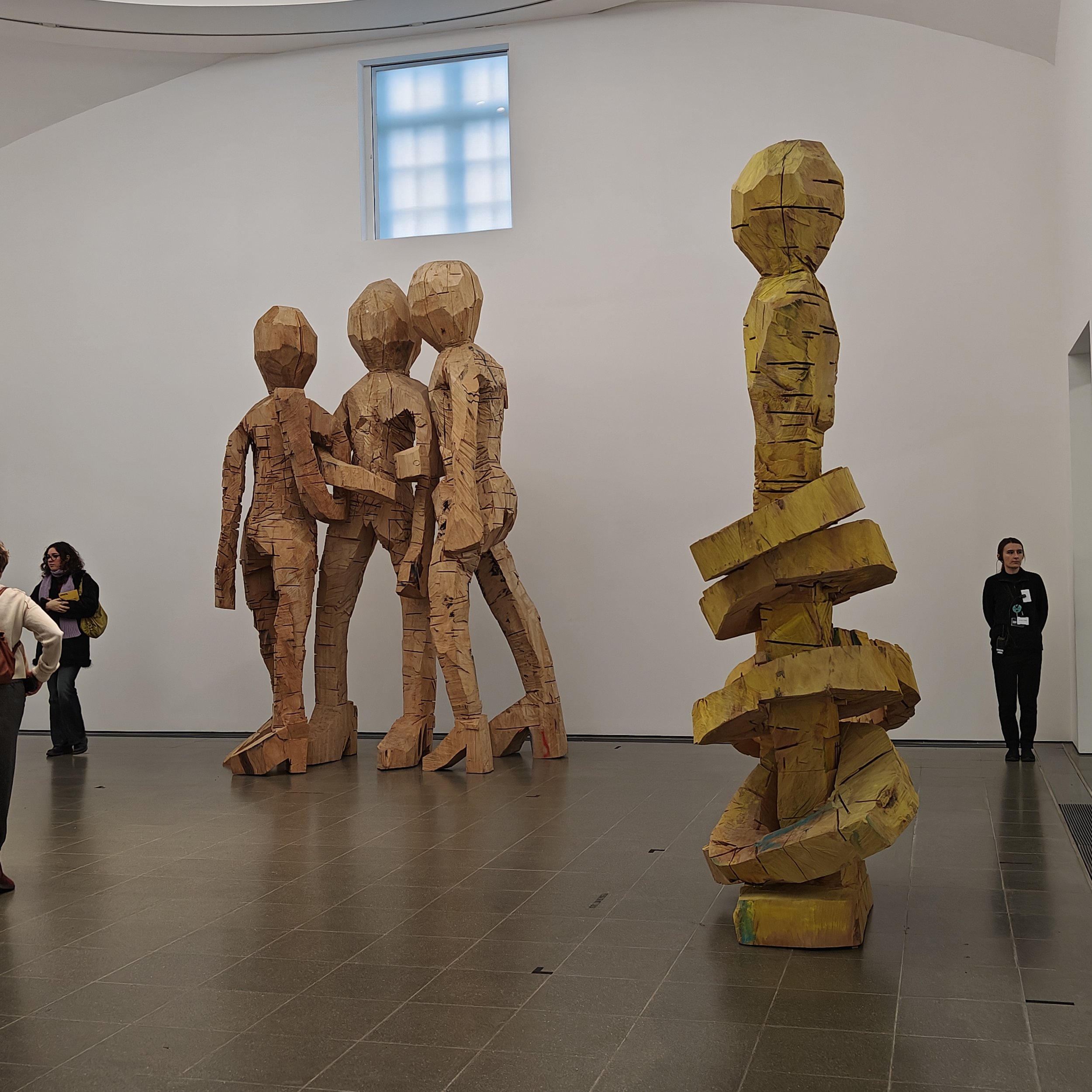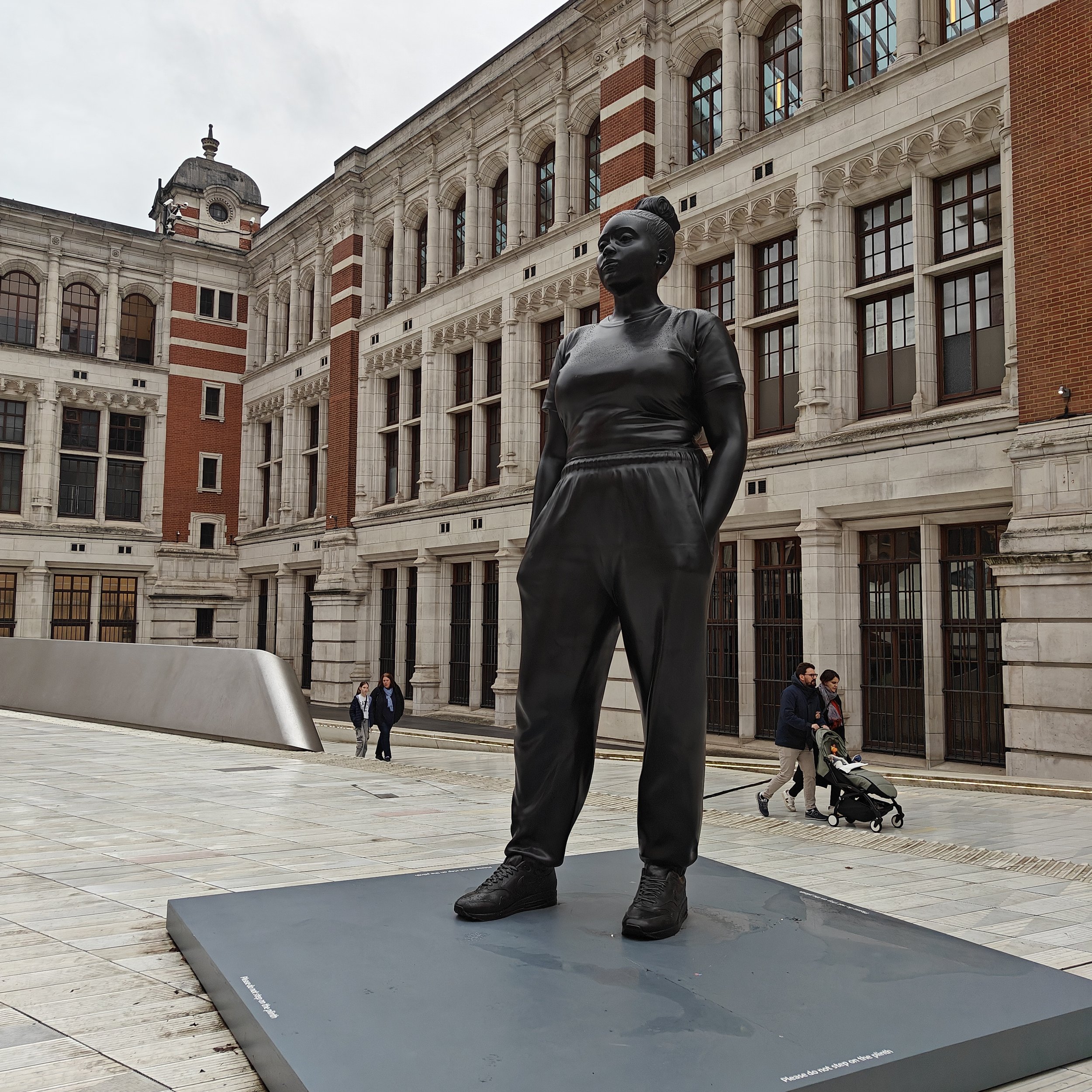One week after the art gallery crawl in Mayfair where we all marvelled at Gerhard Richter's unstoppable experimentations, the Contemporary Art and Culture Explorers went to see the Glass Heart exhibition at Two Temple Place on Sunday.
It's an exploration of glass, from the mid-19th century until today. It's about cultural heritage, identity, the environmental crisis, and a celebration of a surprising material in the surroundings of a sumptuous building with mahogany carvings. Even the entrance to the ladies' loo is ornate!
It wasn't easy to keep our group of ten together because the building was very busy and the spaces narrow, but we managed to have a lovely chat at the café afterwards.
It's an interesting exhibition, with some great modern and contemporary pieces, although not quite what I expected. Some are just beautiful objects, some more thought-provoking pieces.
I particularly liked Peter Layton's glass hearts in a cage and John Piper's abstract work (lead and glass).
We all noticed Brian Clarke's green panels: we had seen his works recently at Newport Street gallery, and we commented that the effect in a wooden-panelled room was completely different from the bright white walls and spacious rooms at the gallery.
I found the rooms a bit too dark, but it may have been a necessity for some of the artworks on display.
It's a great idea to let you touch some of the works, like one piece of Chris Day's Judge & Jury, in glass and copper.
The videos about the techniques used to achieve the textures are a great addition to the exhibition, and we found them illuminating :-)
A lovely afternoon as always, talking about art.
The exhibition runs until 21 April 2024, so plenty of time to catch up.
